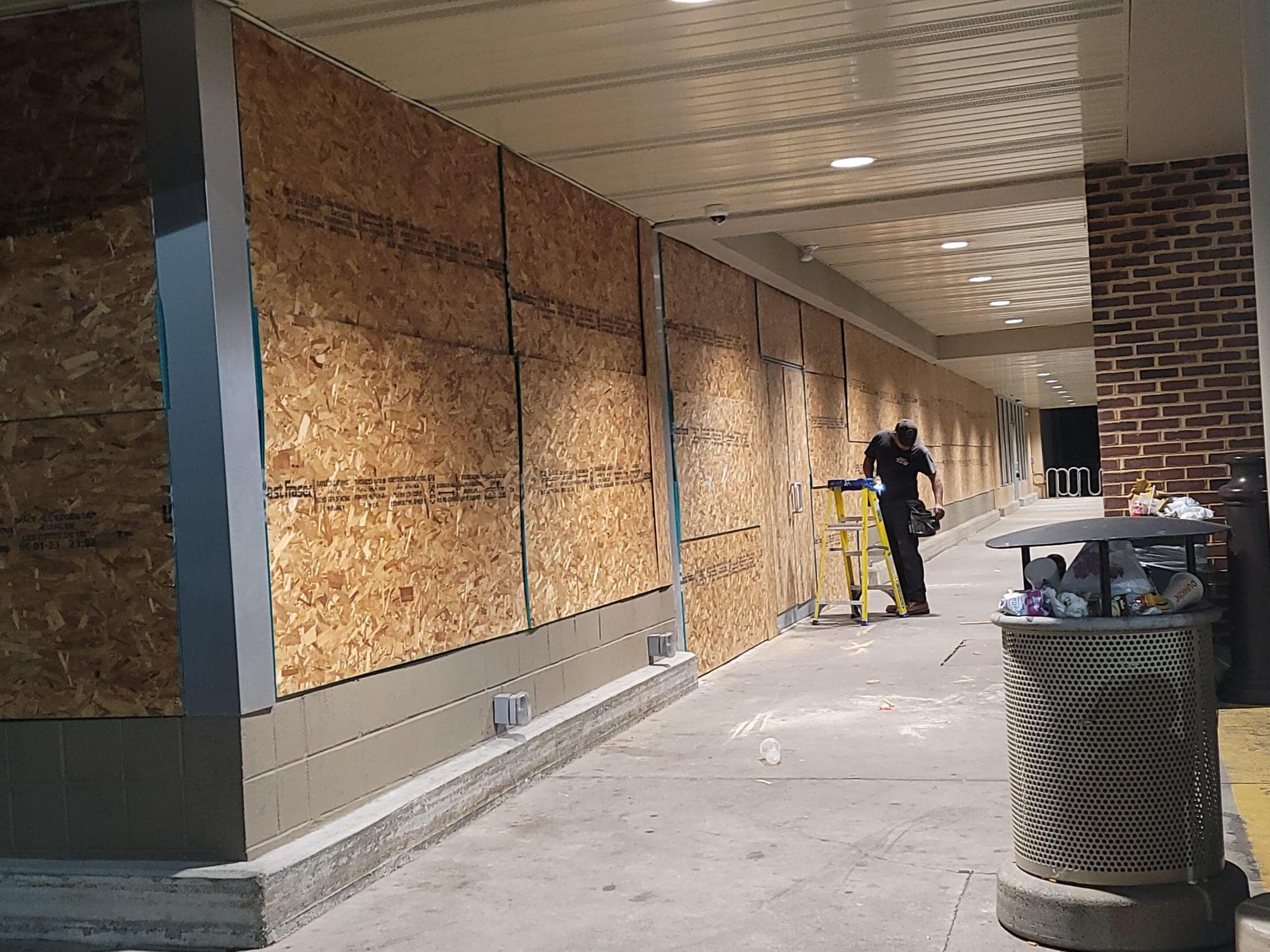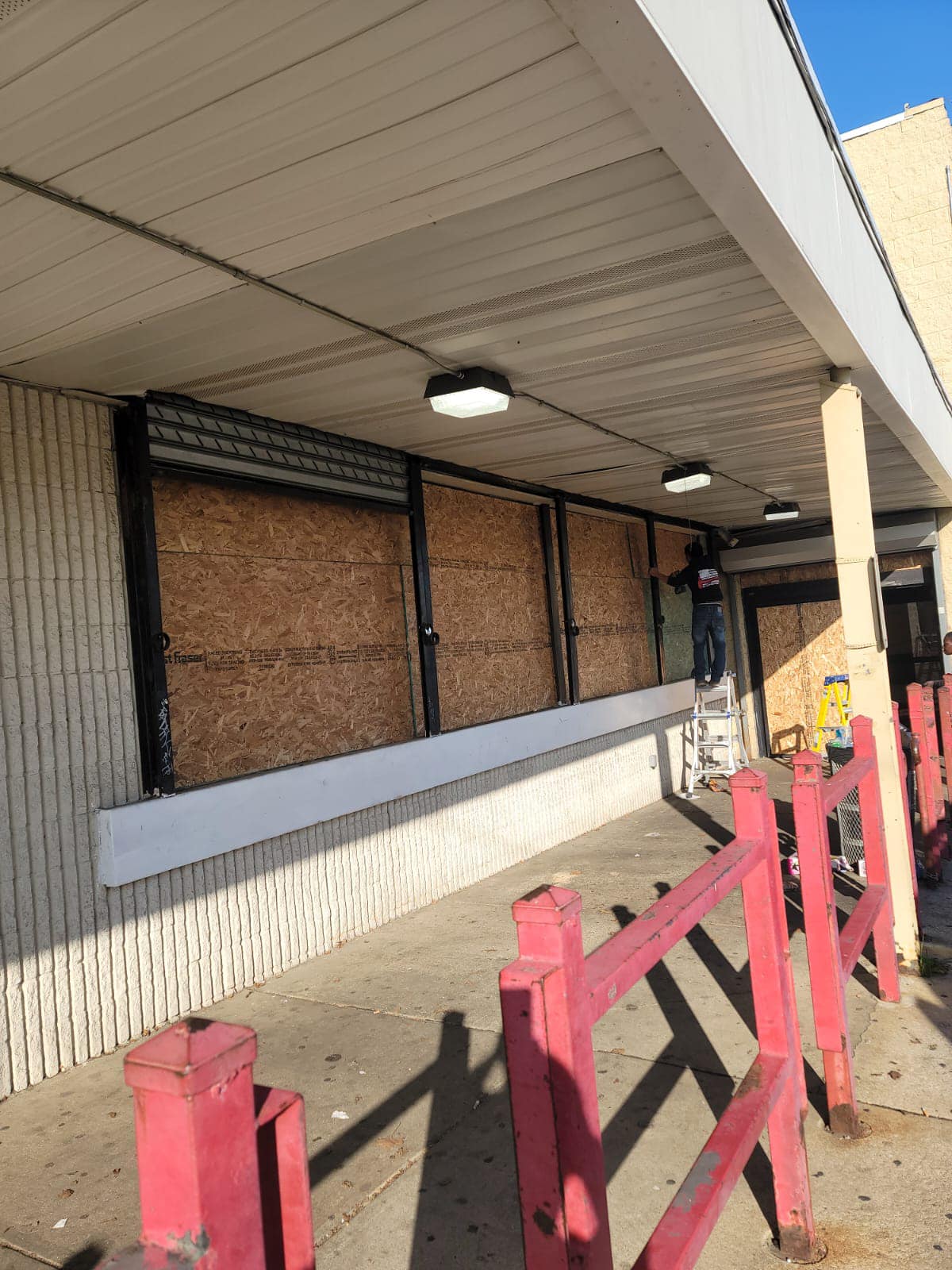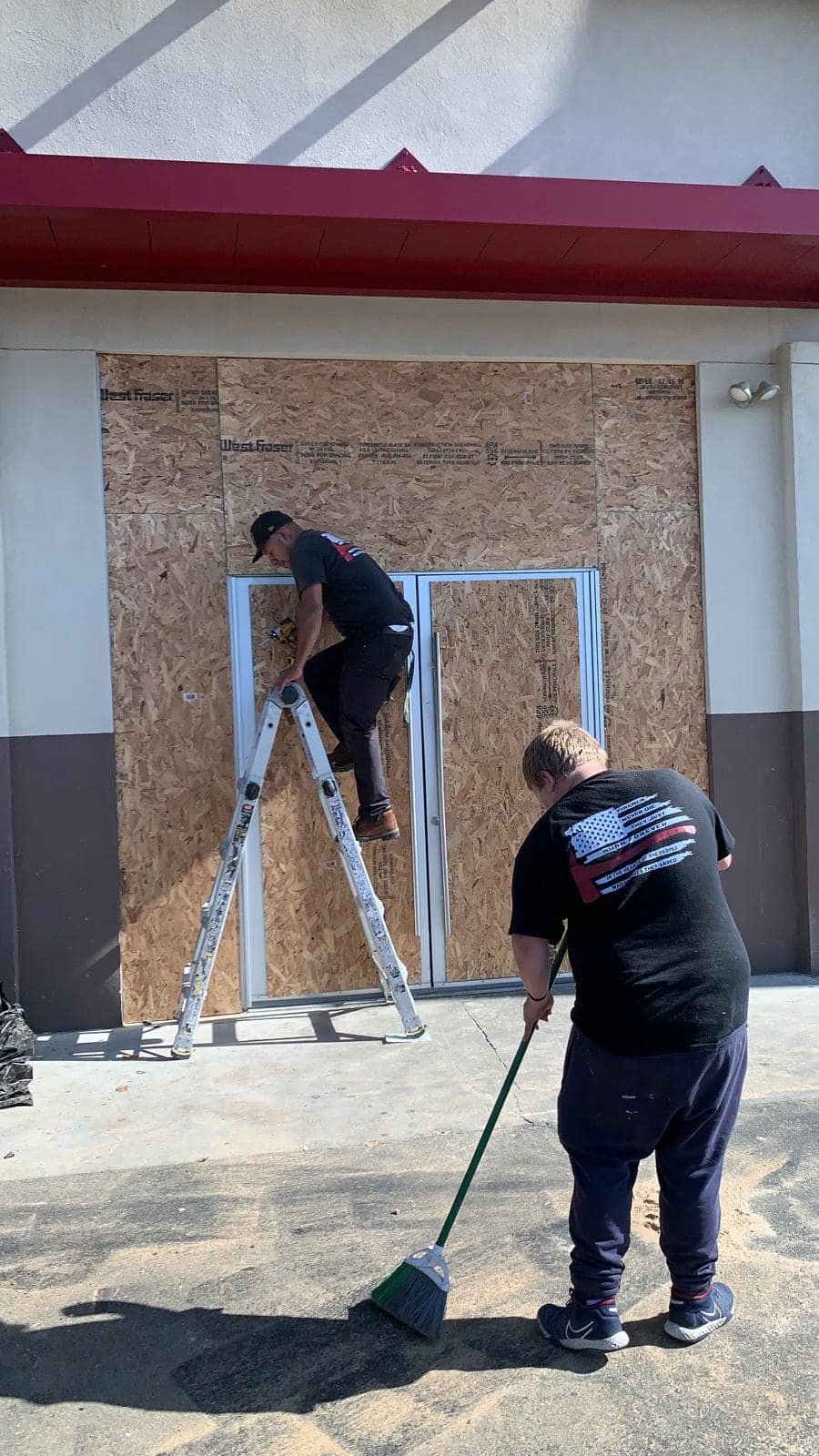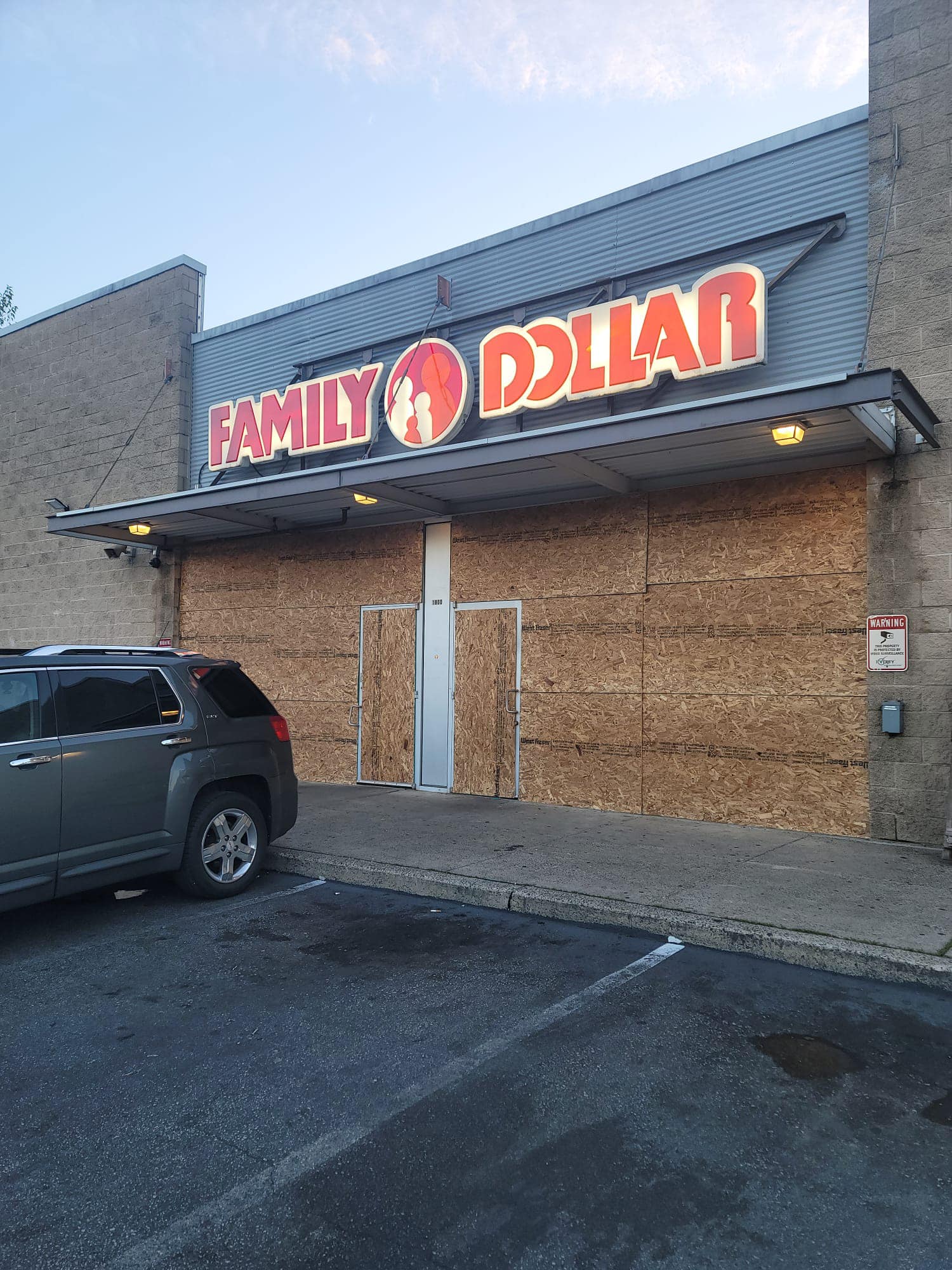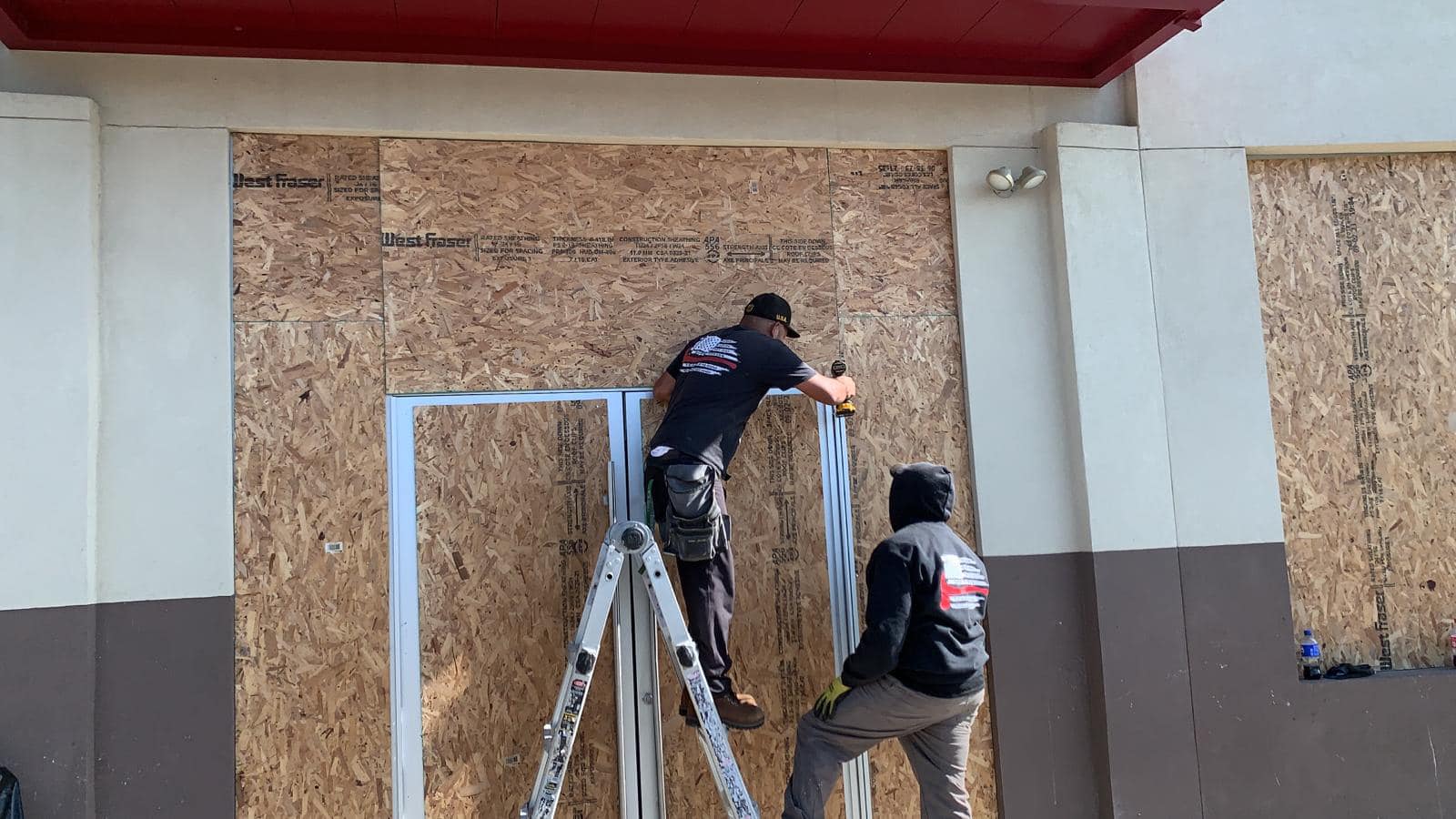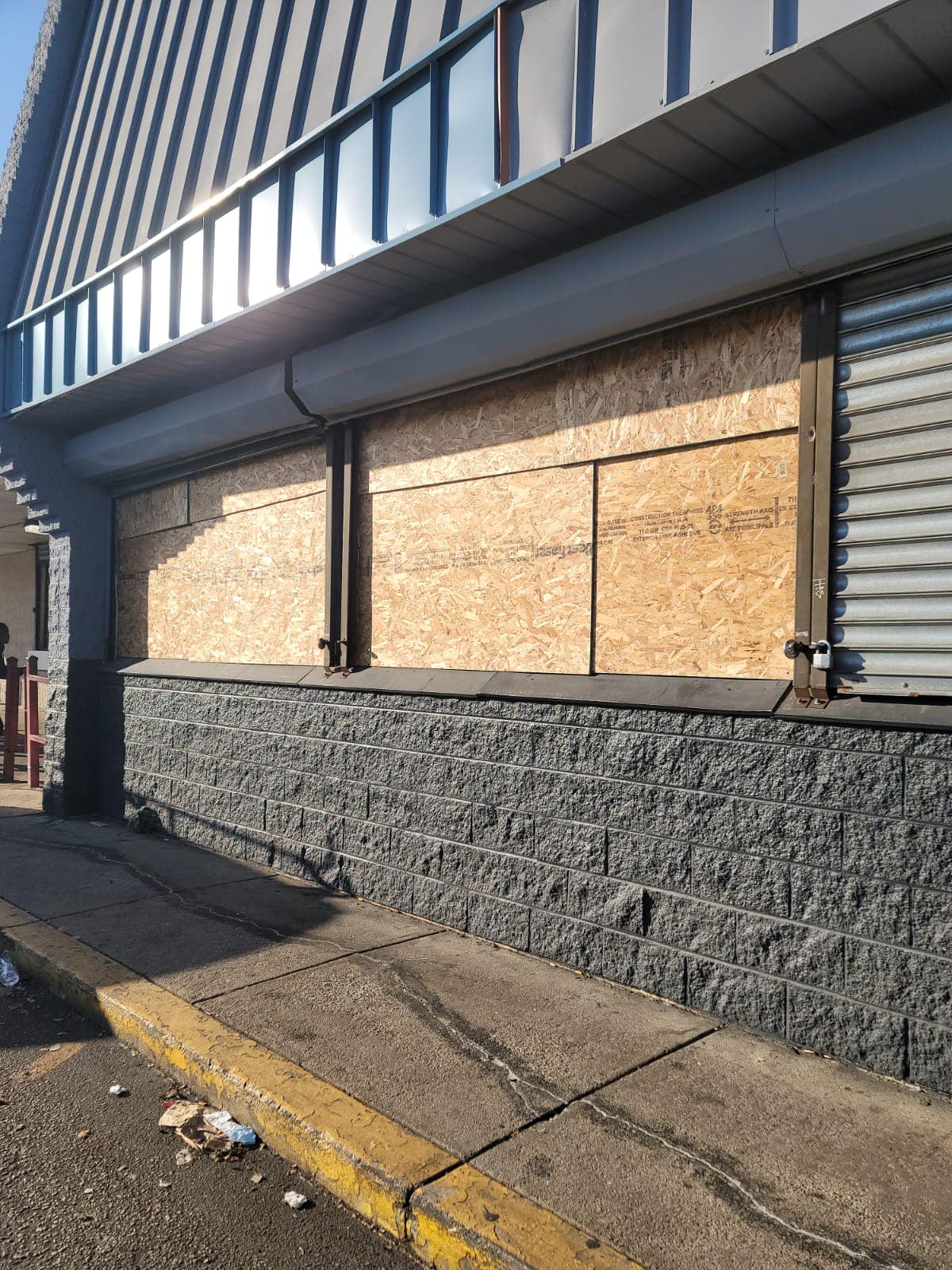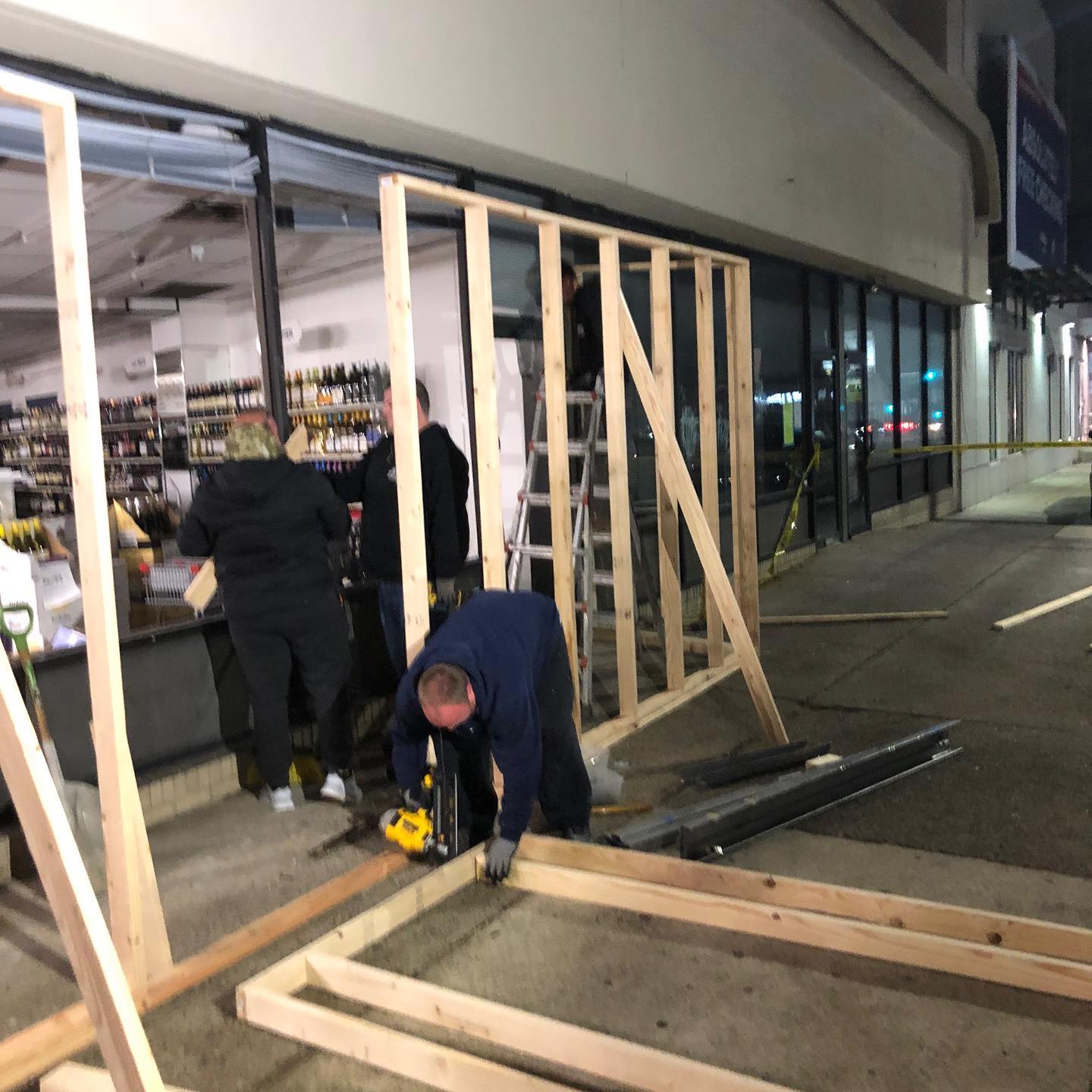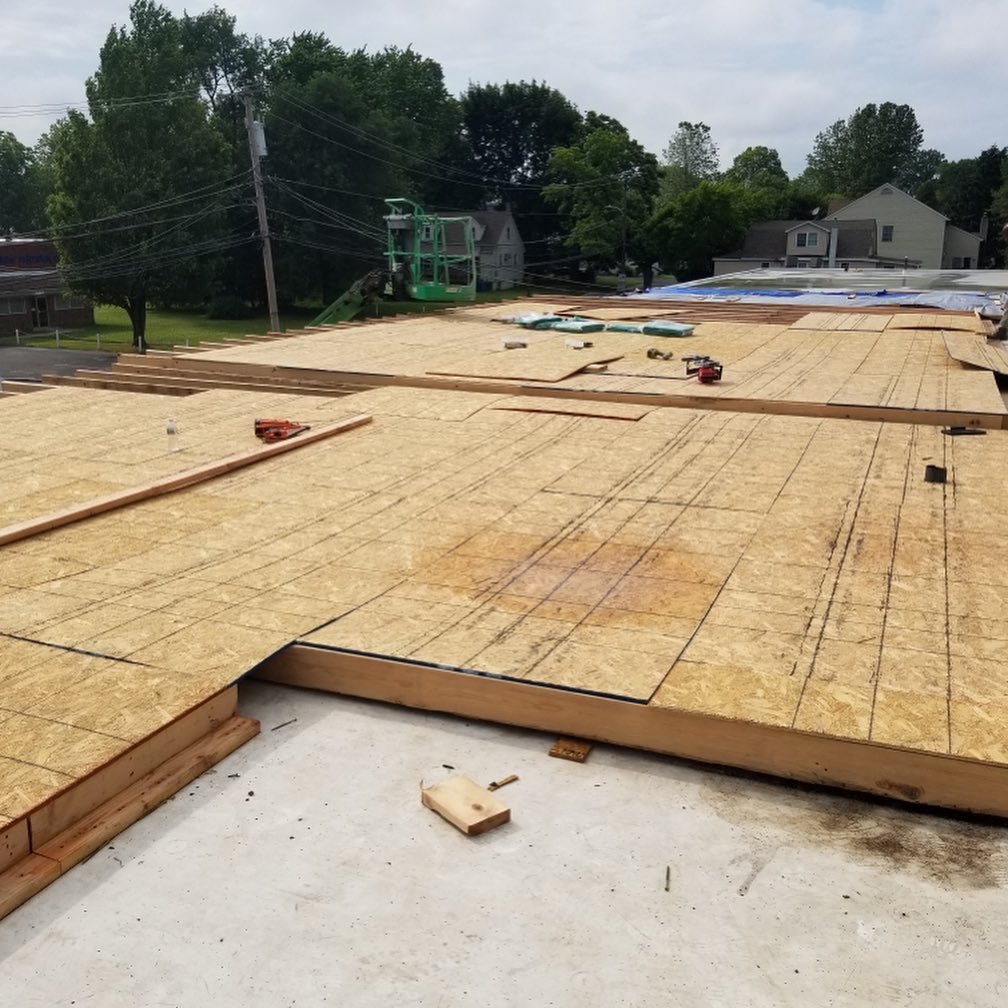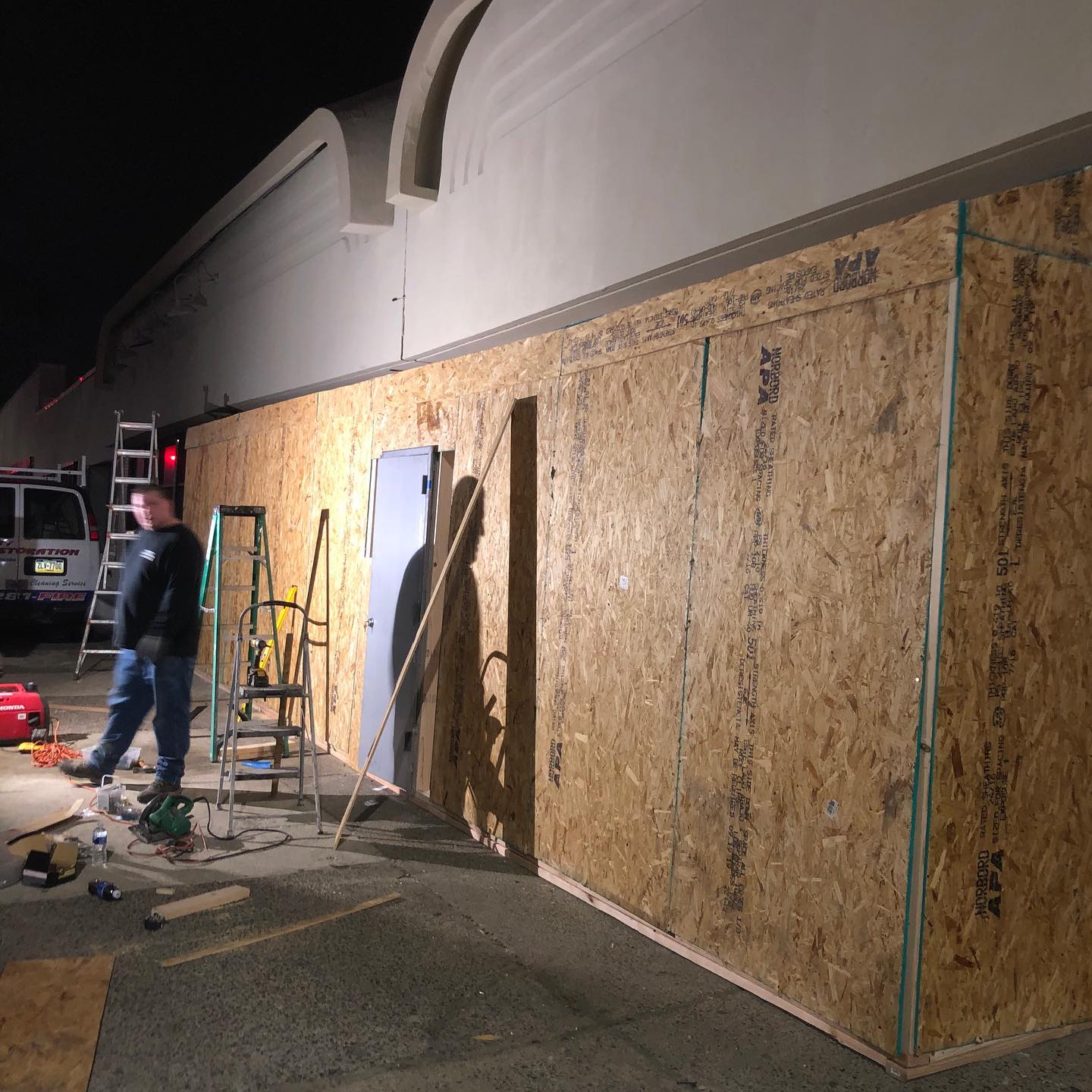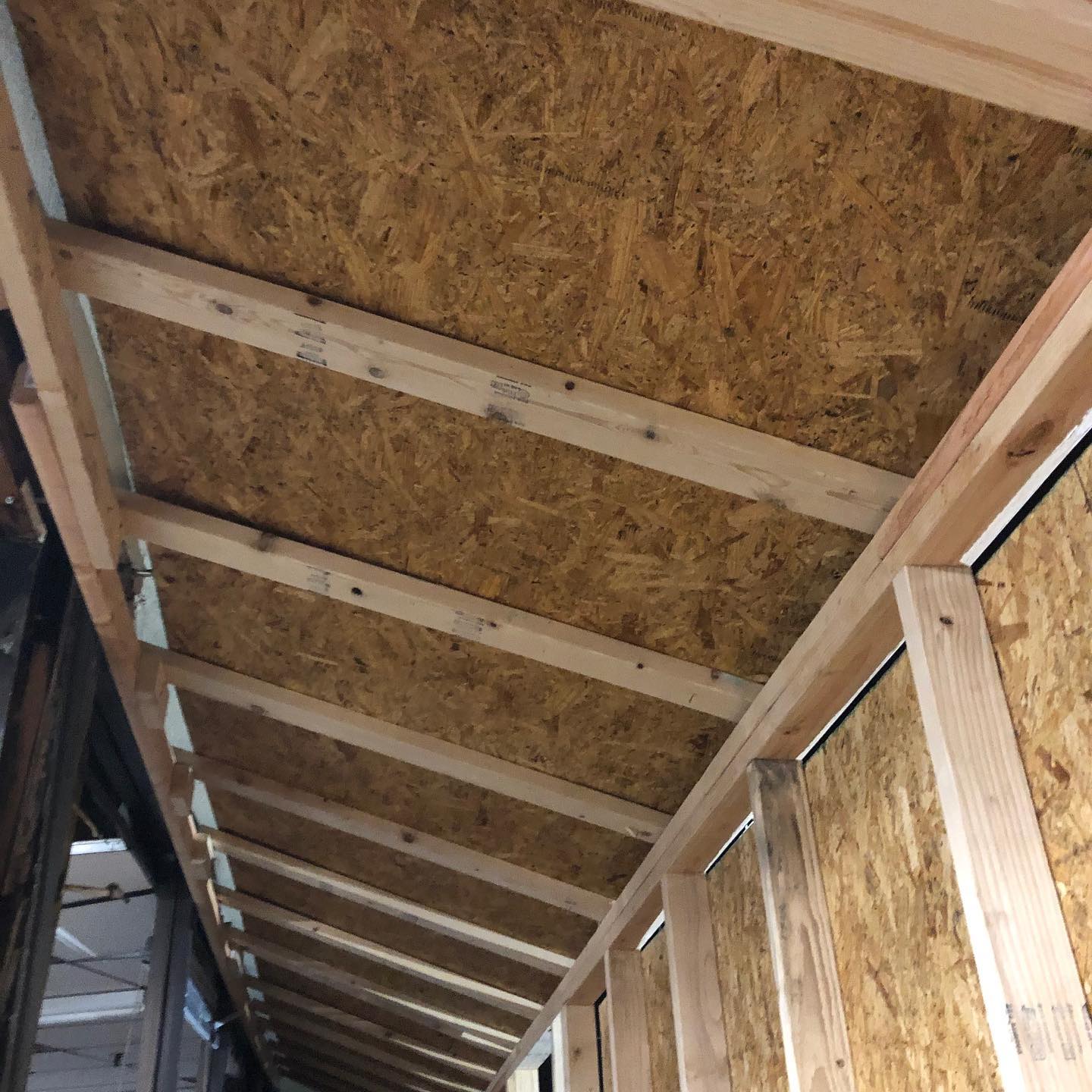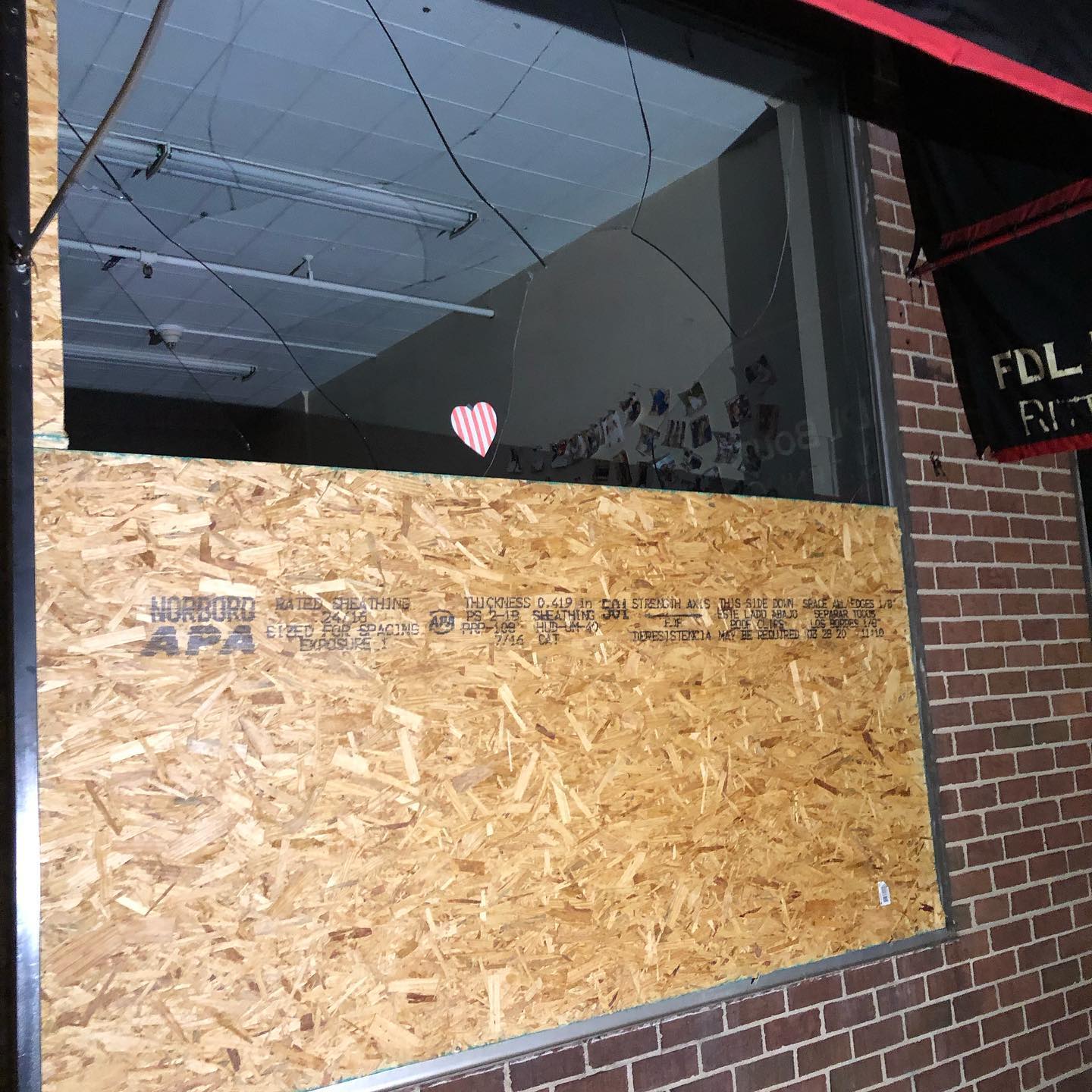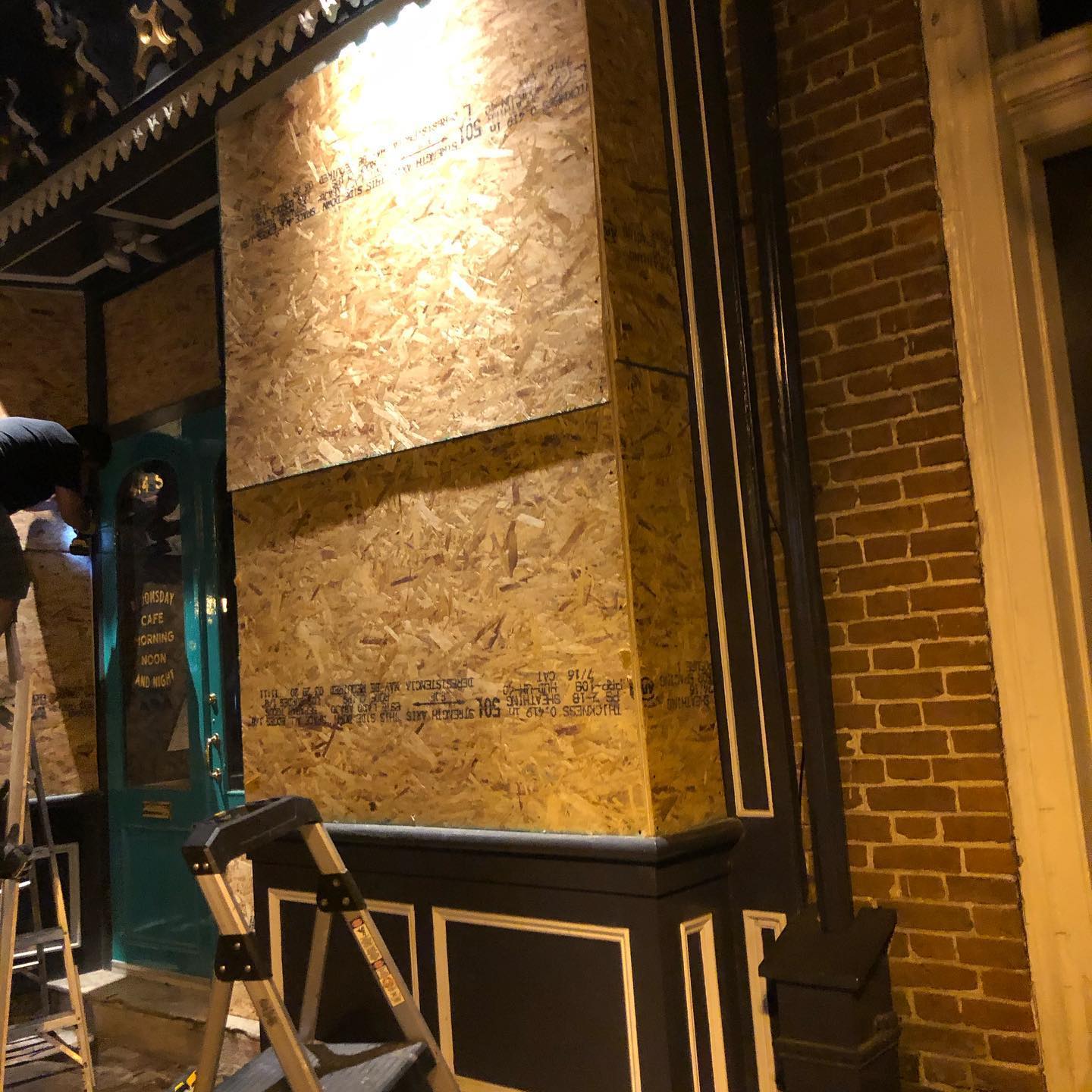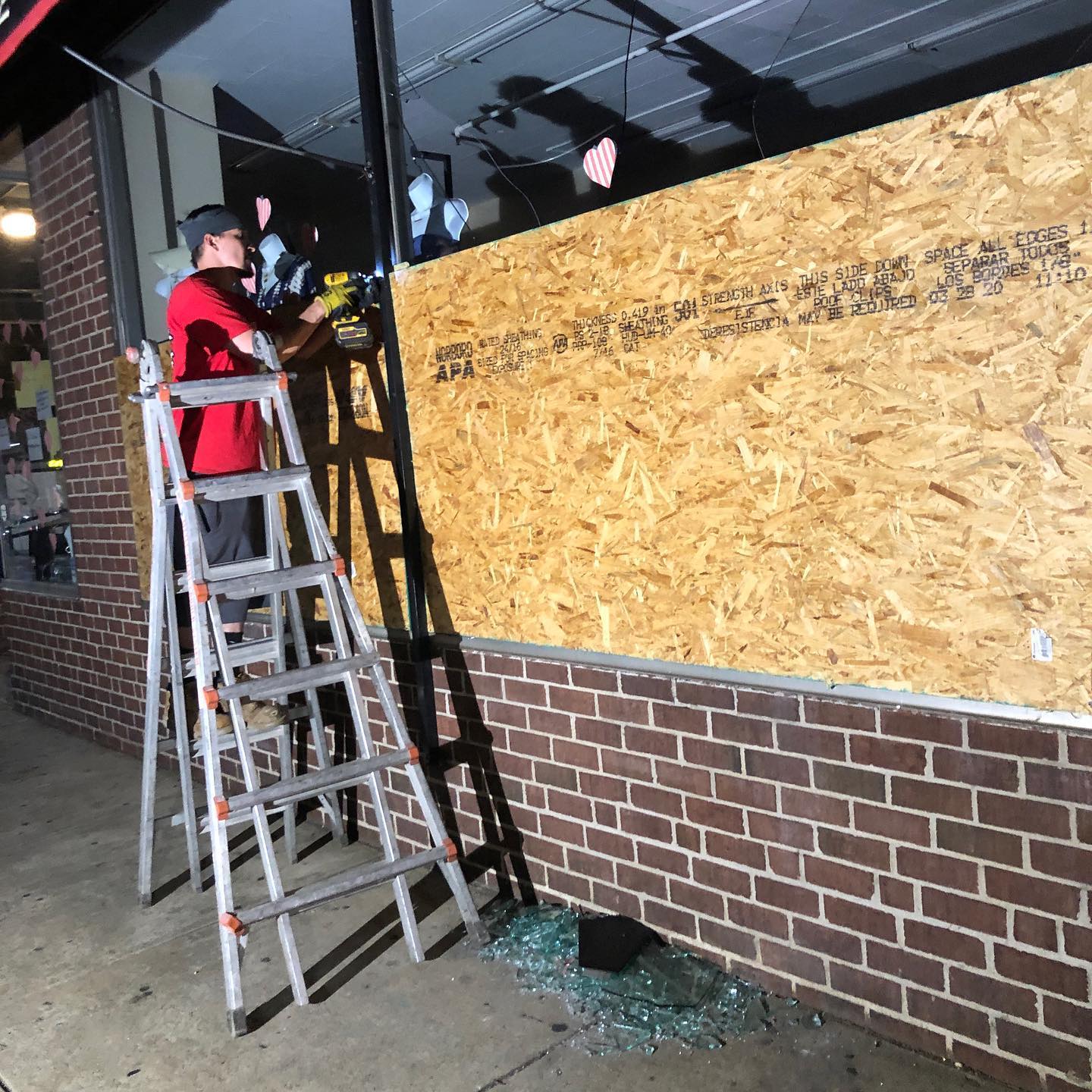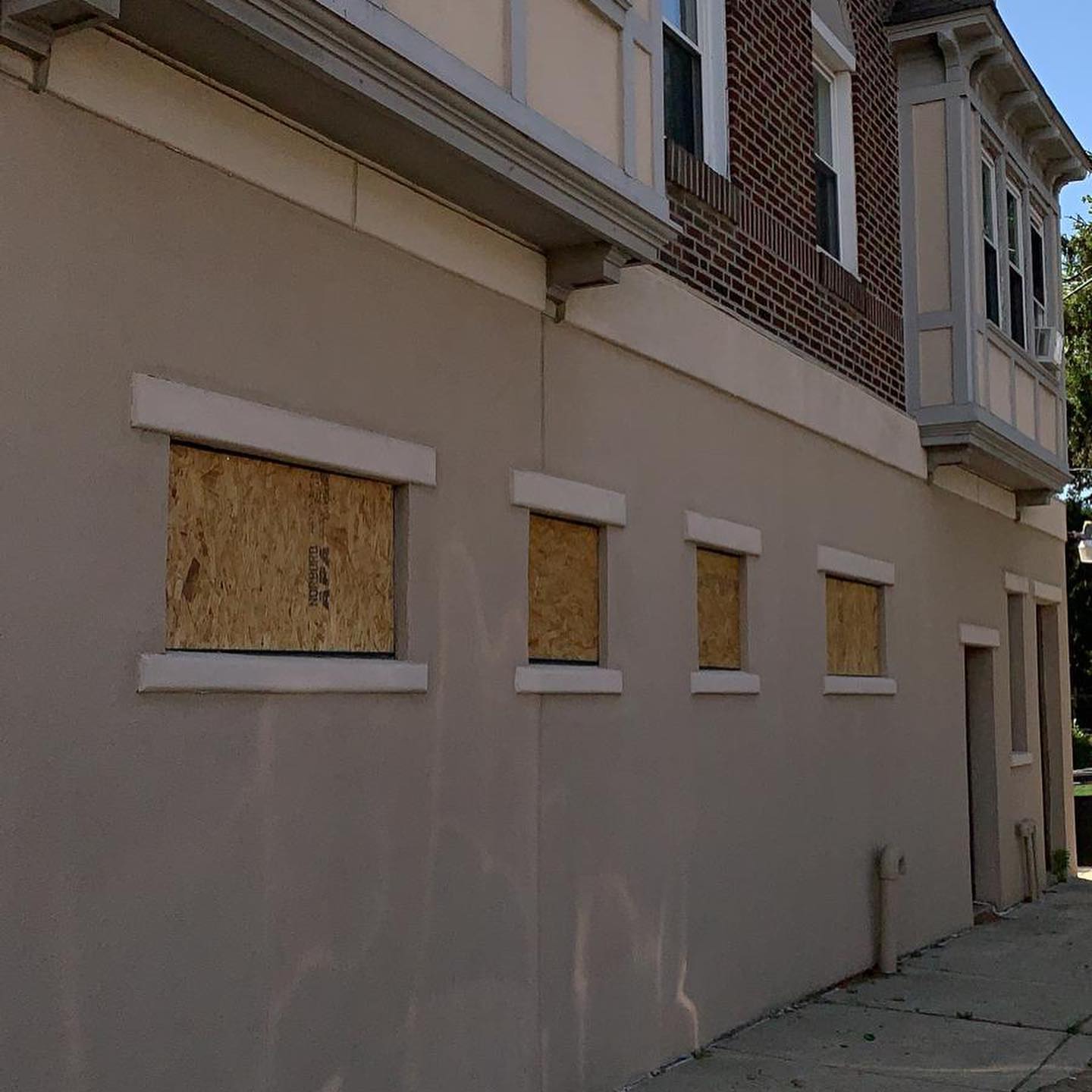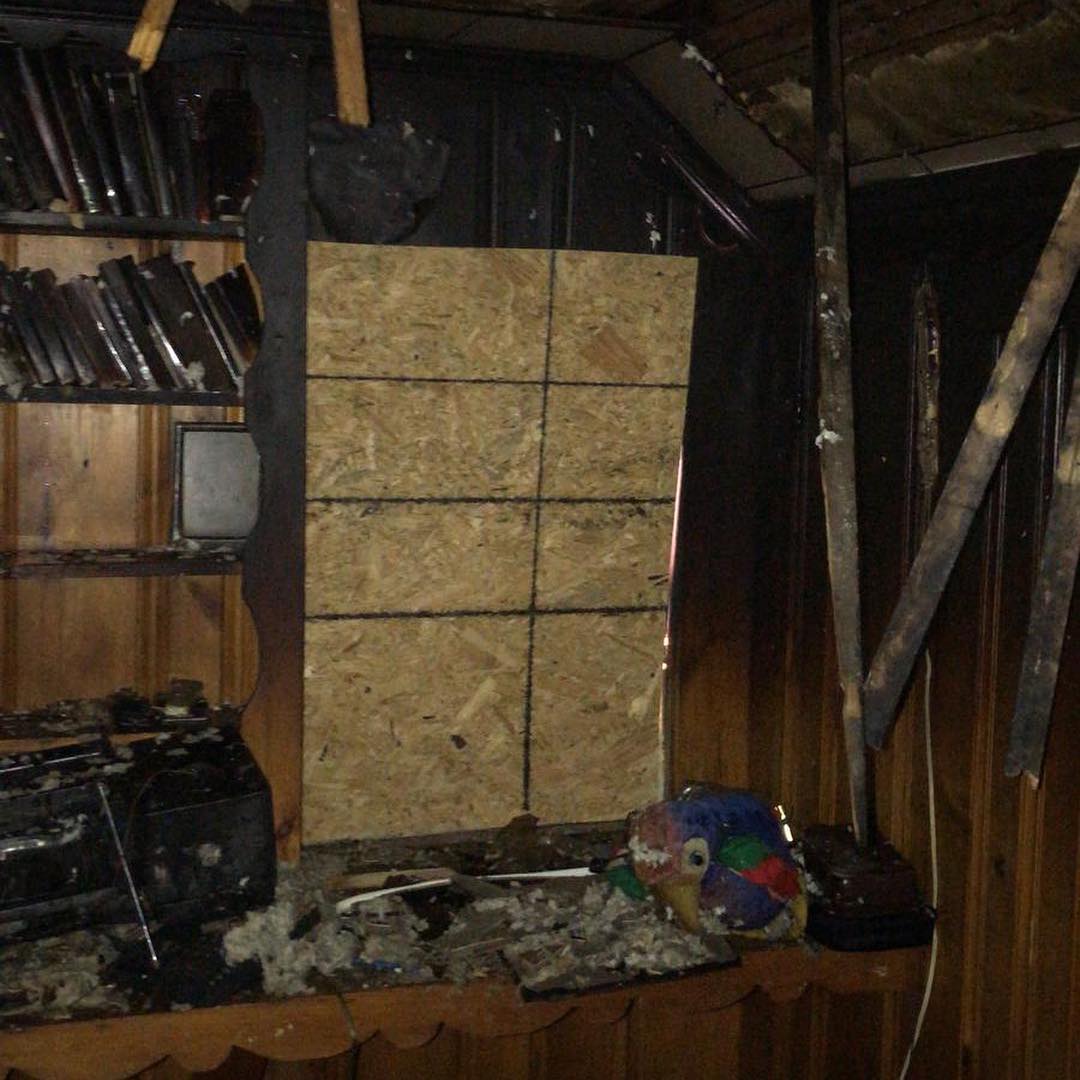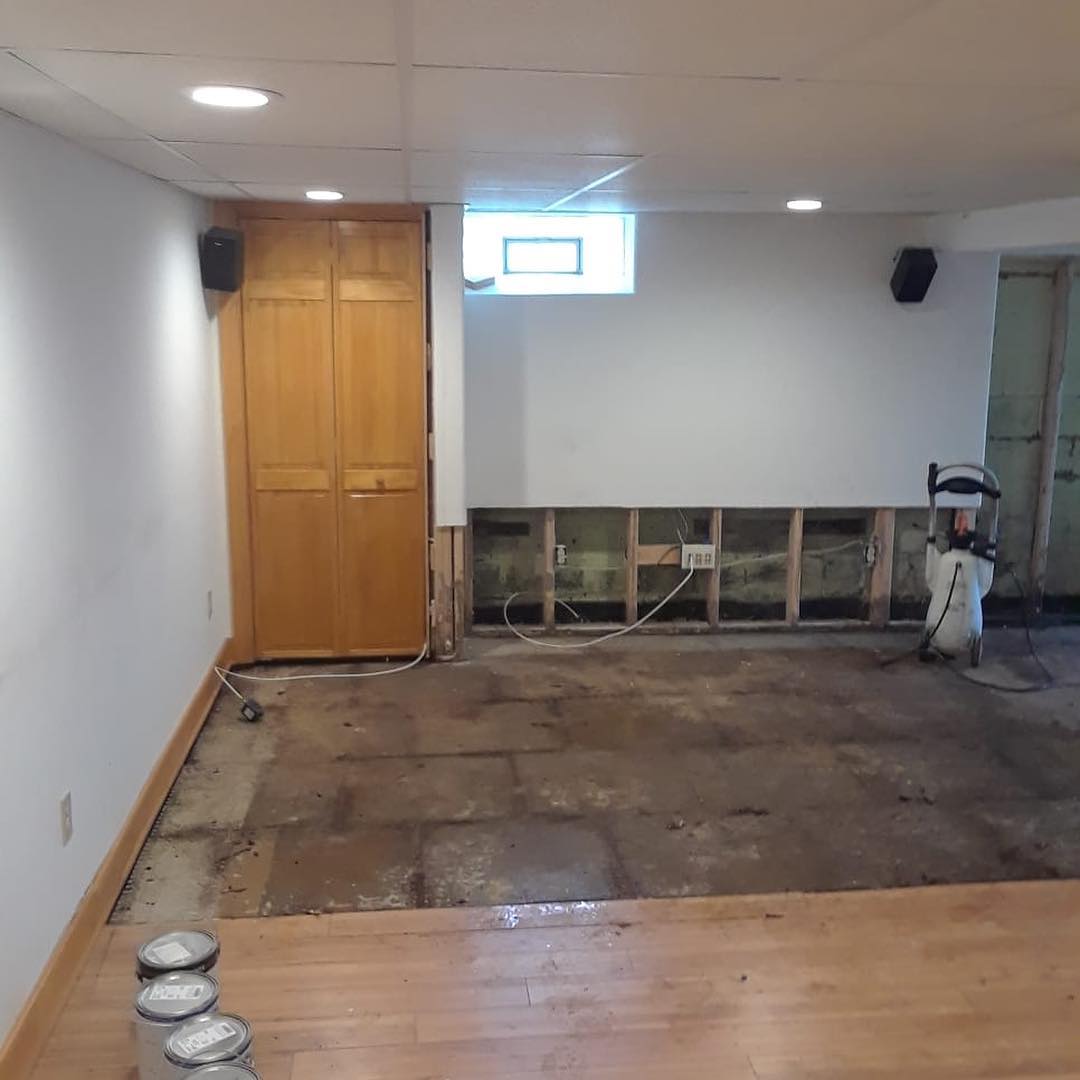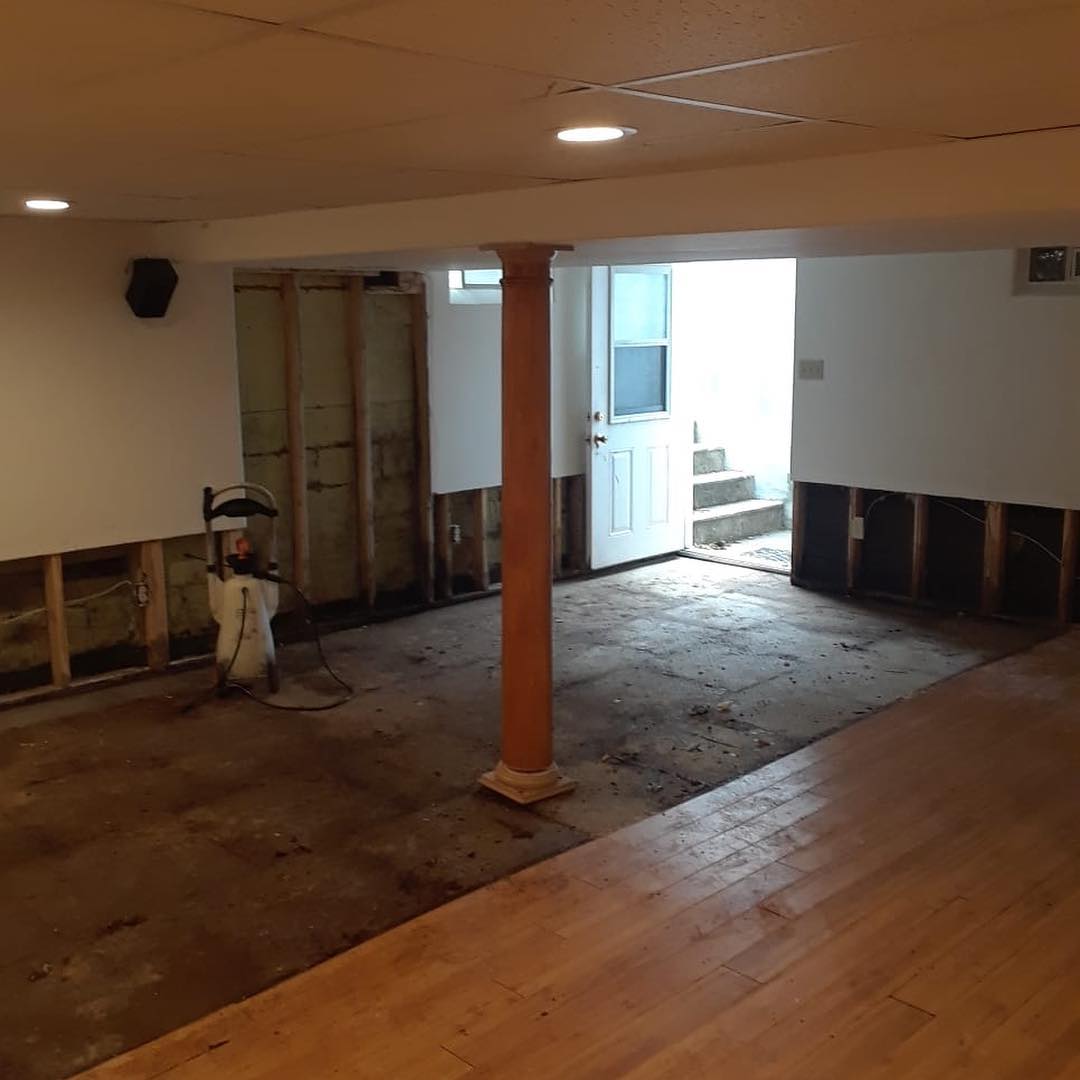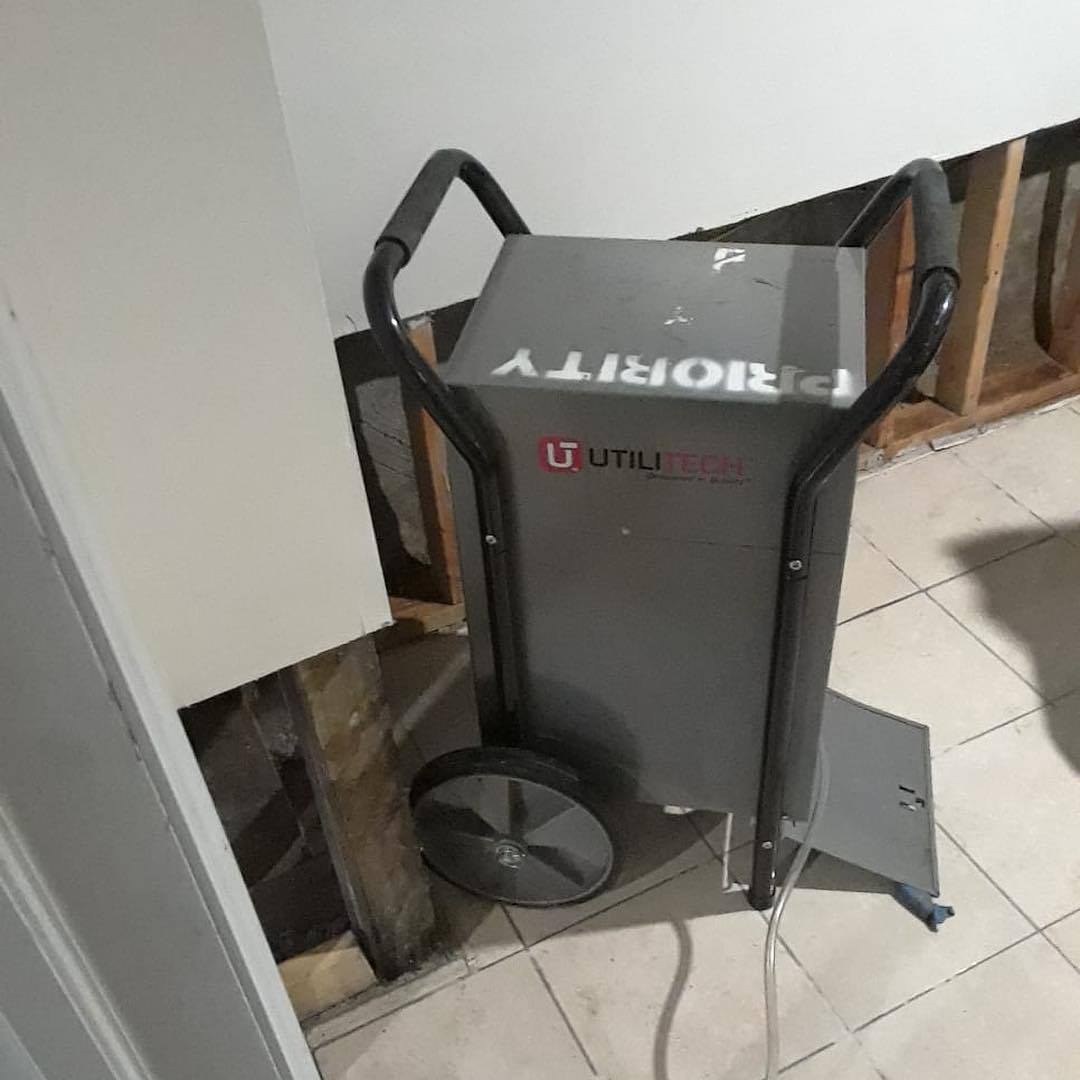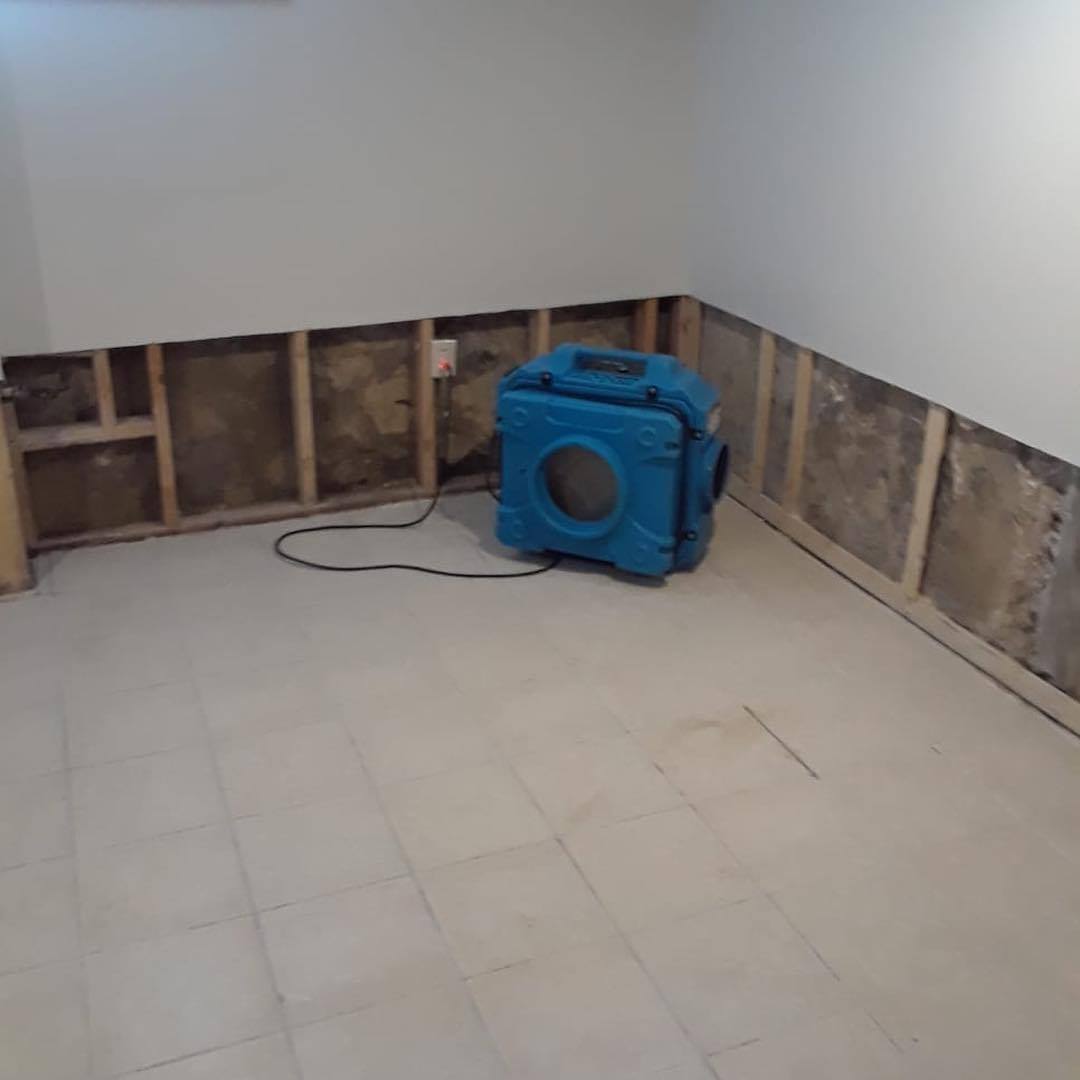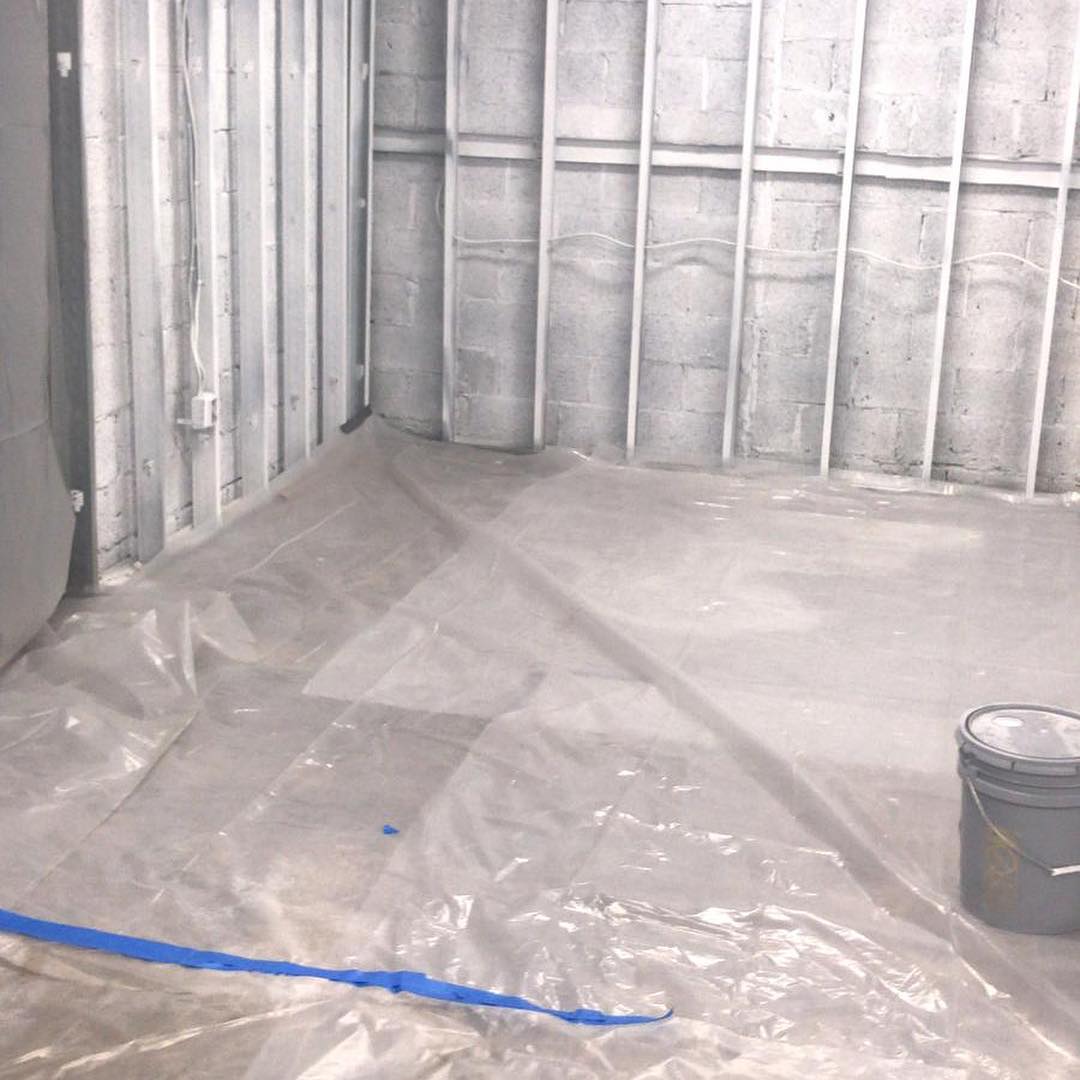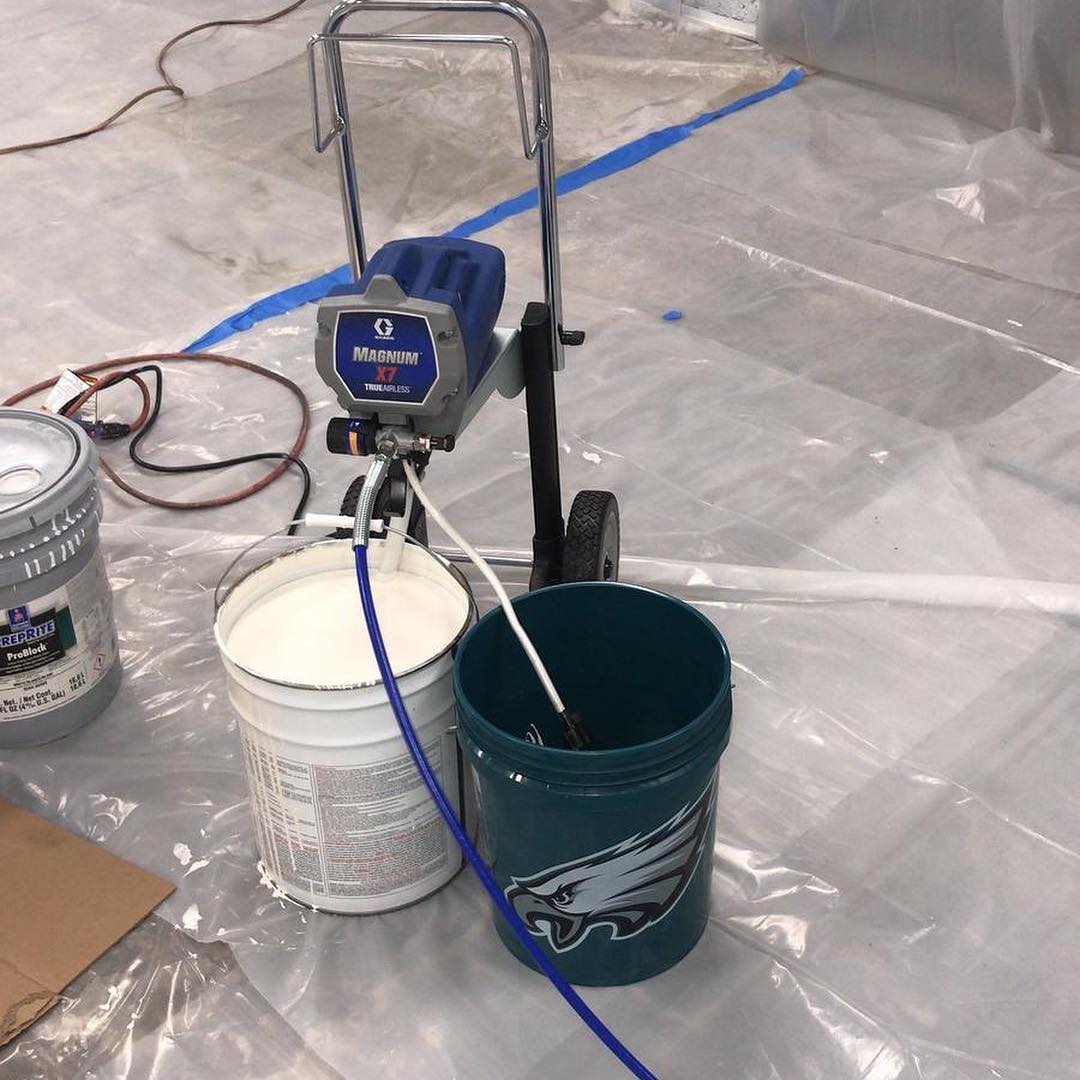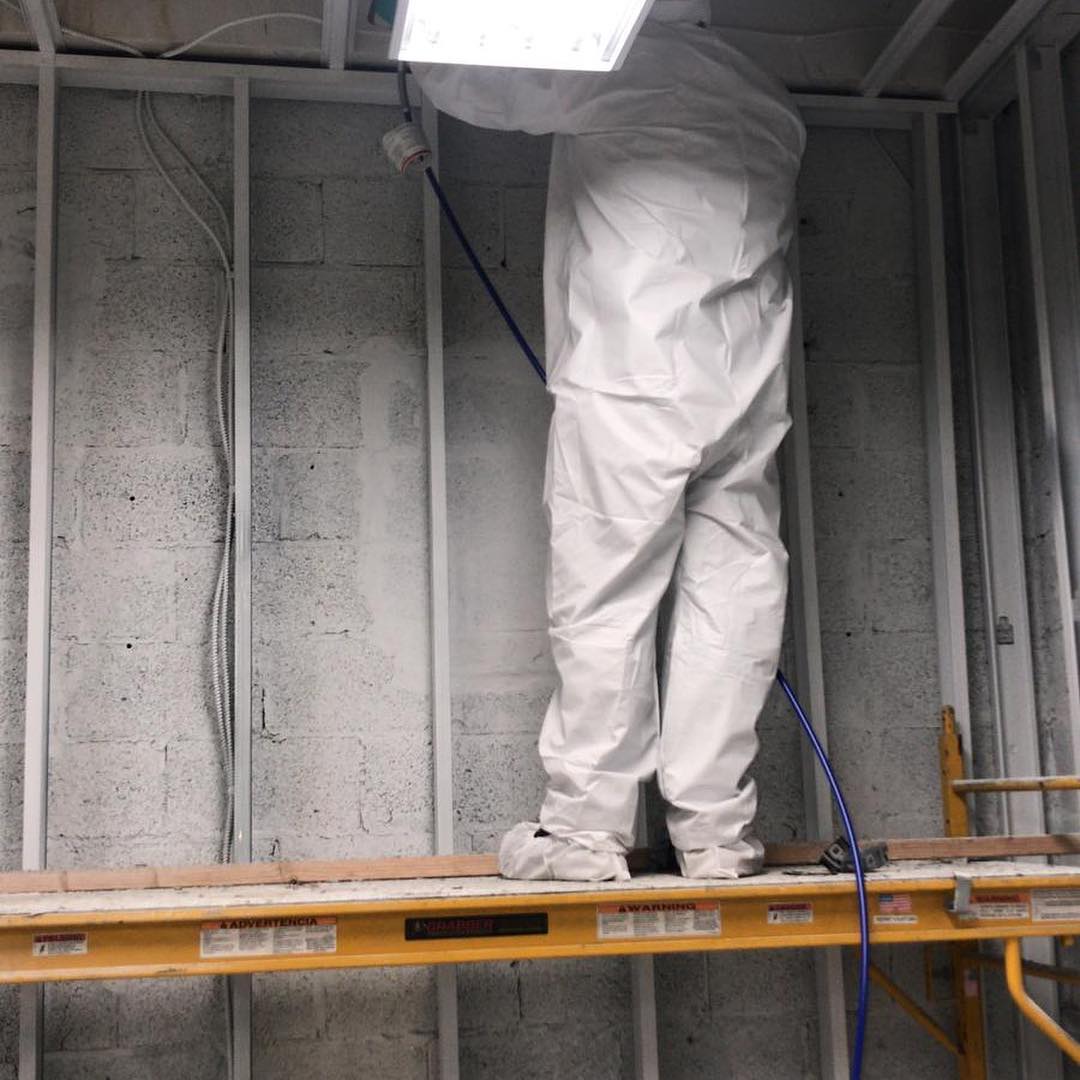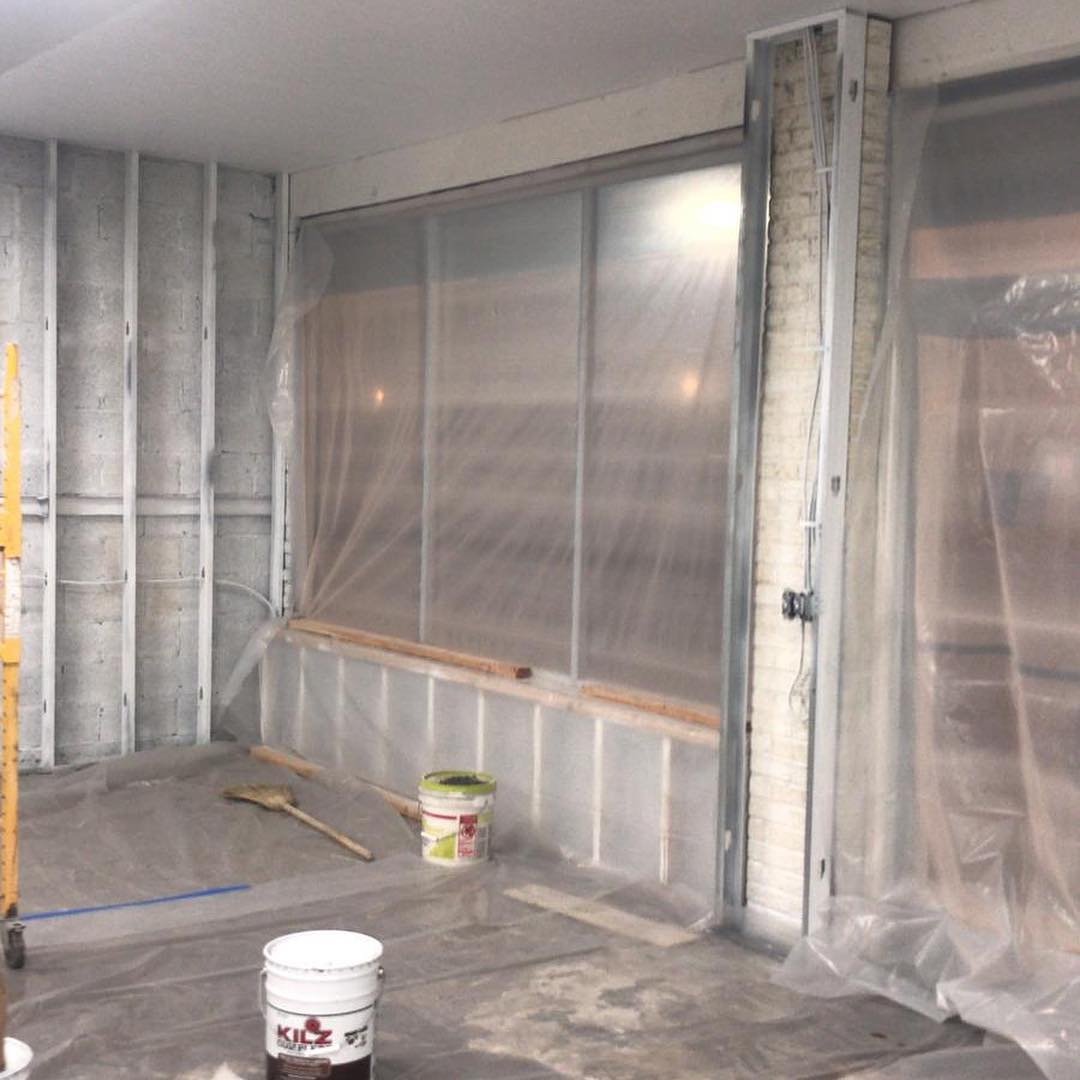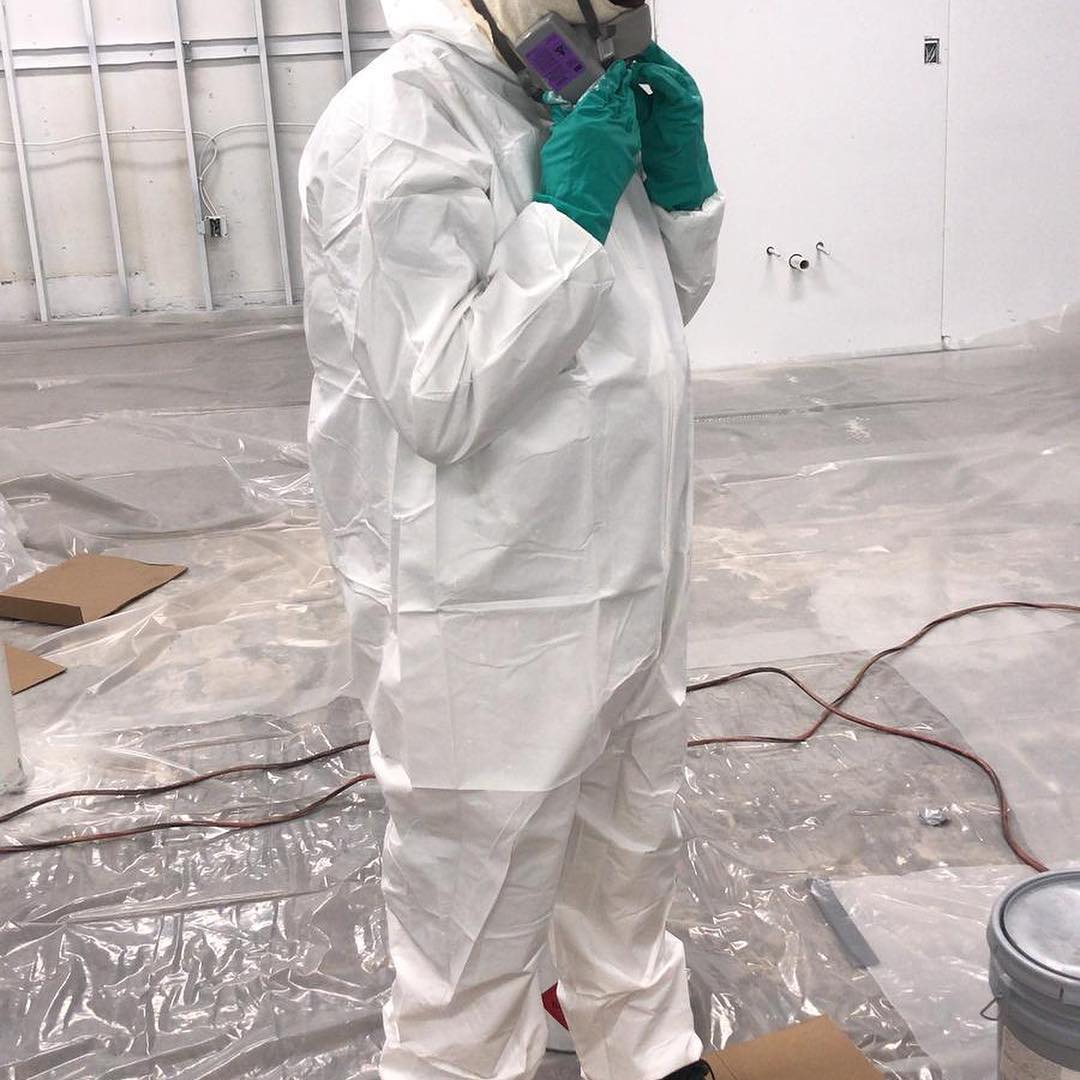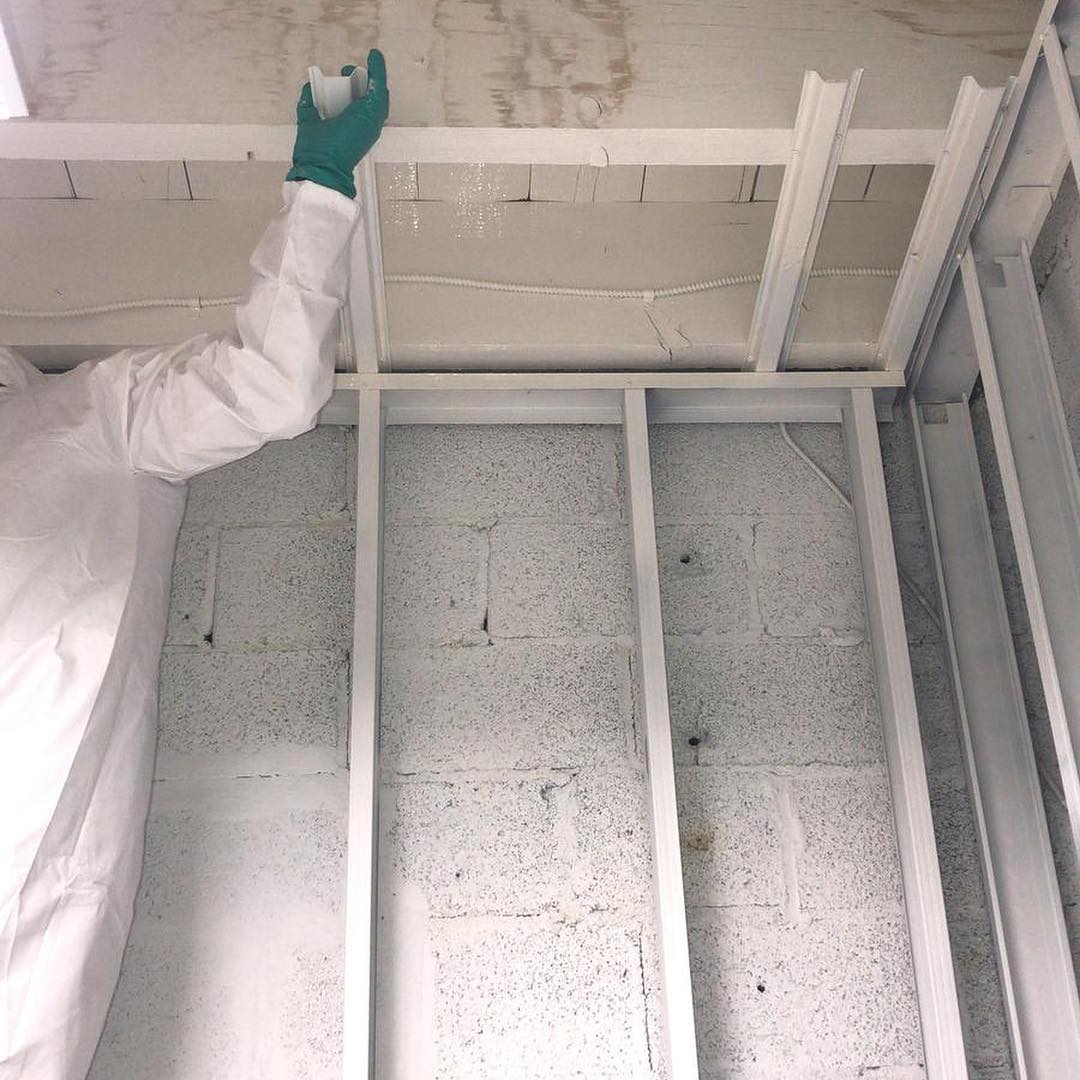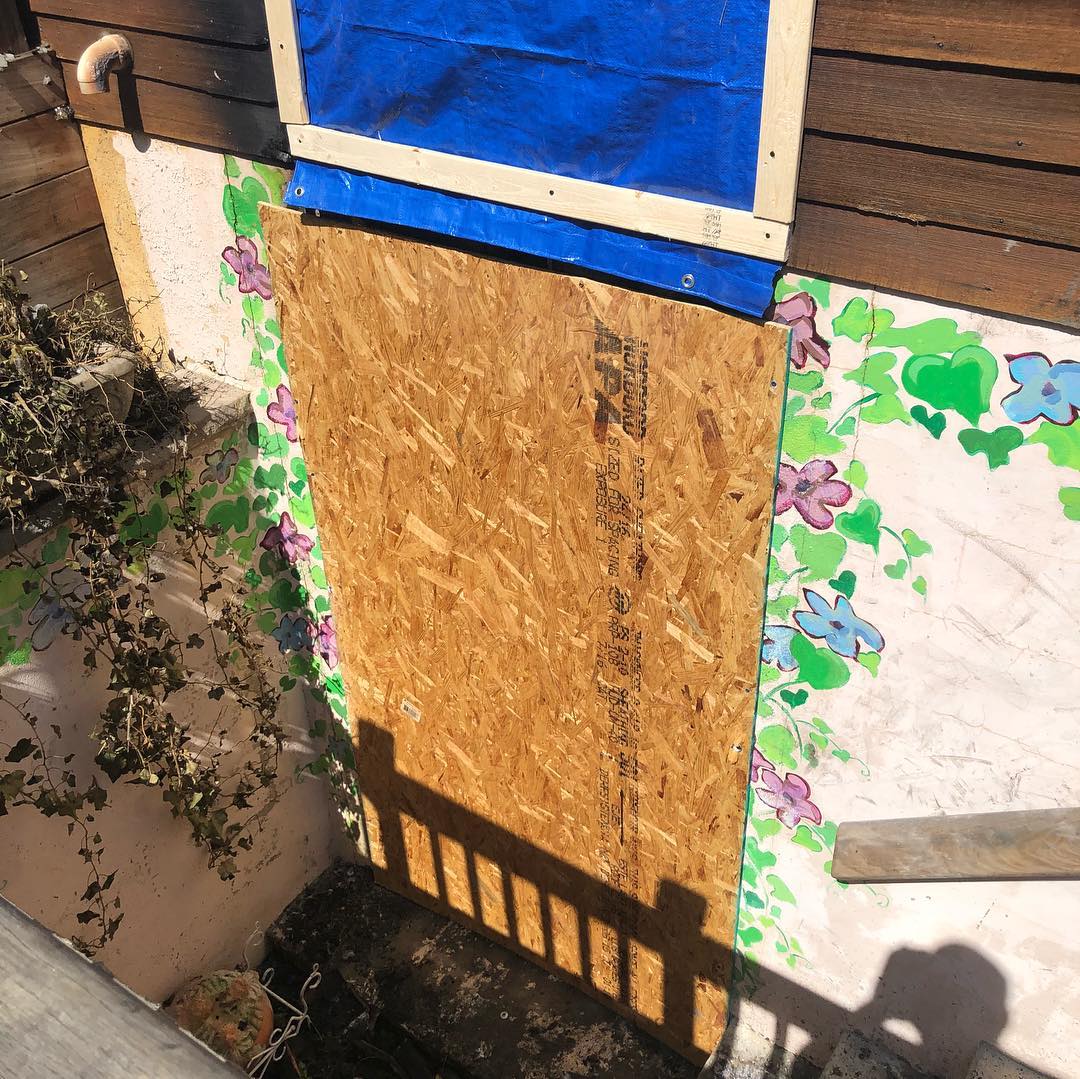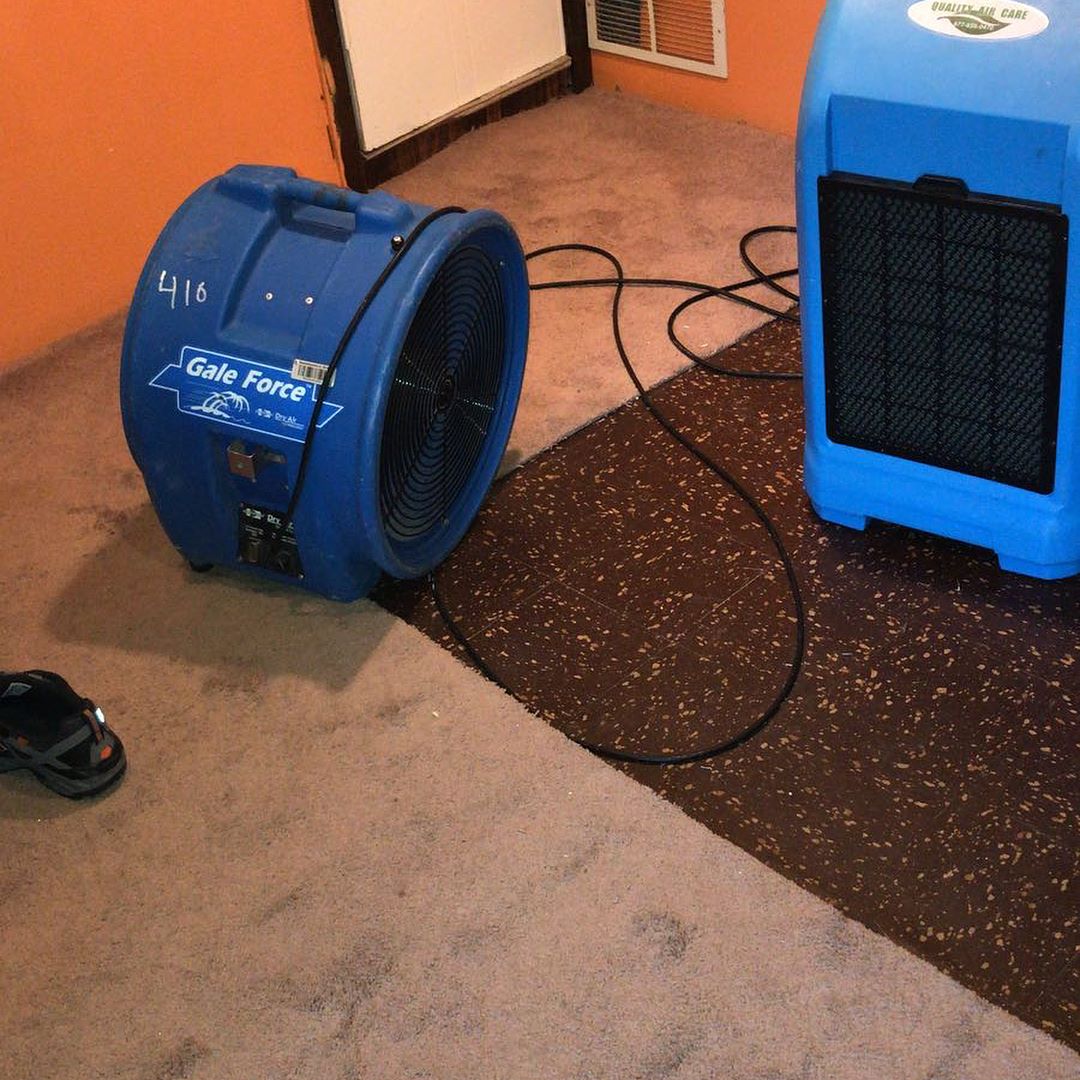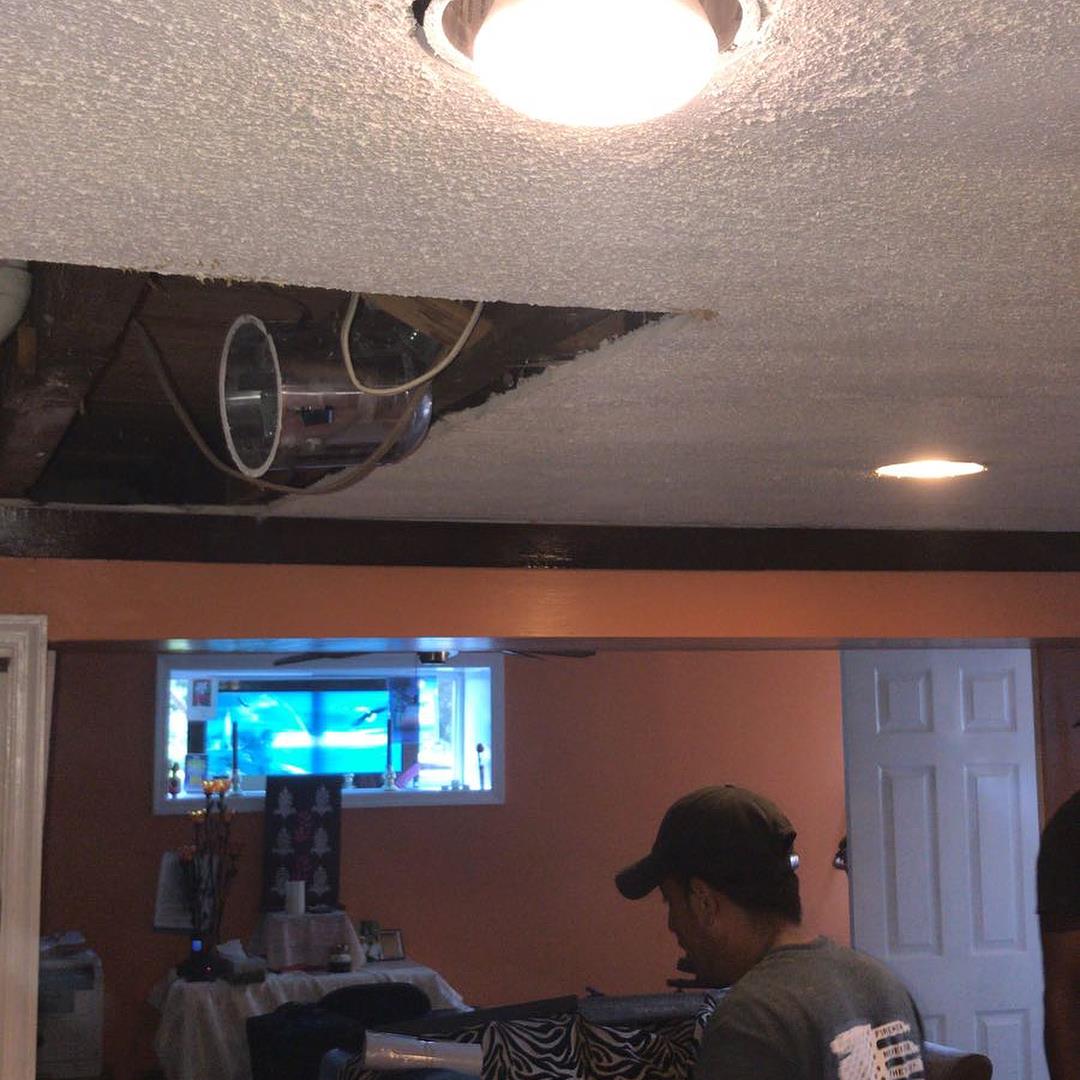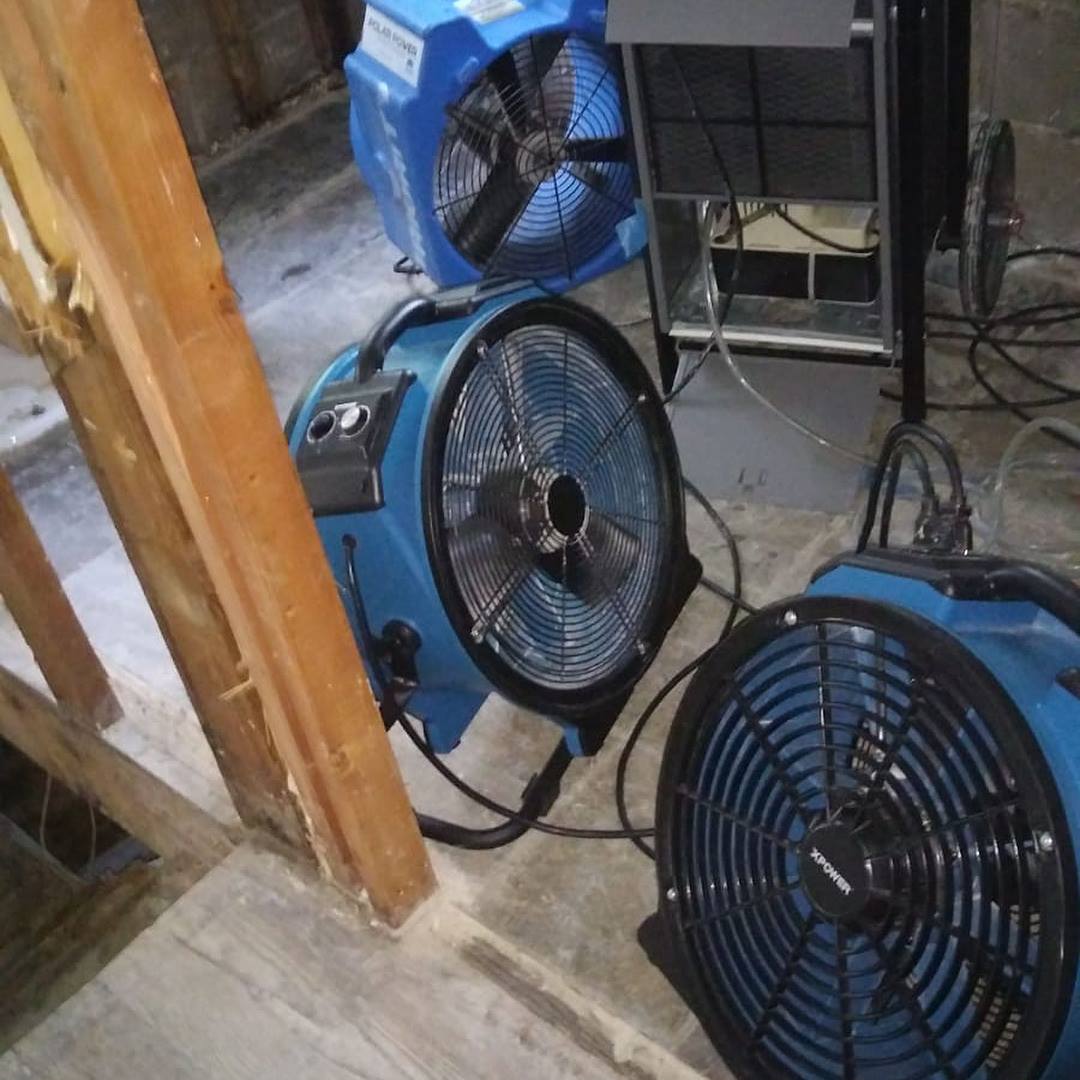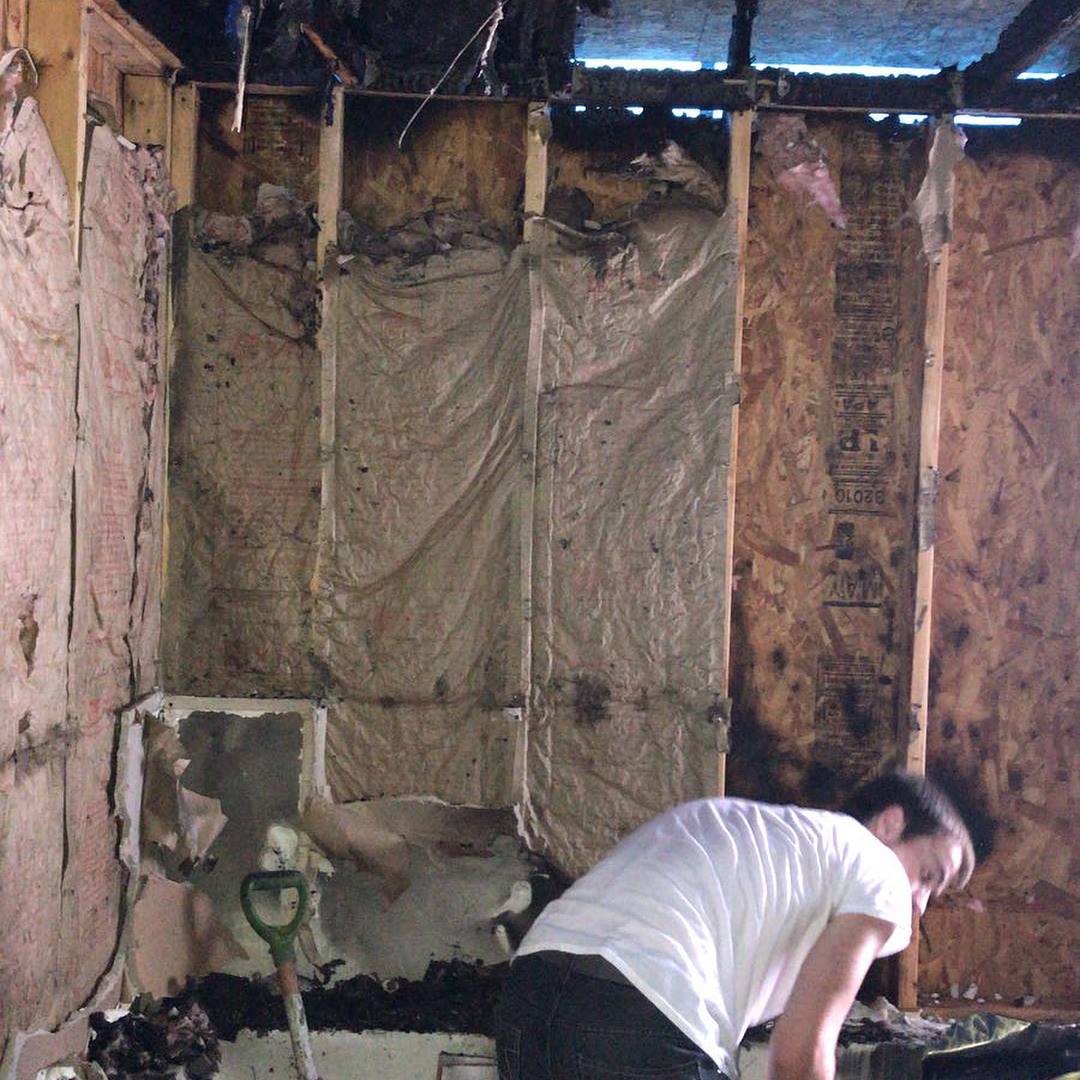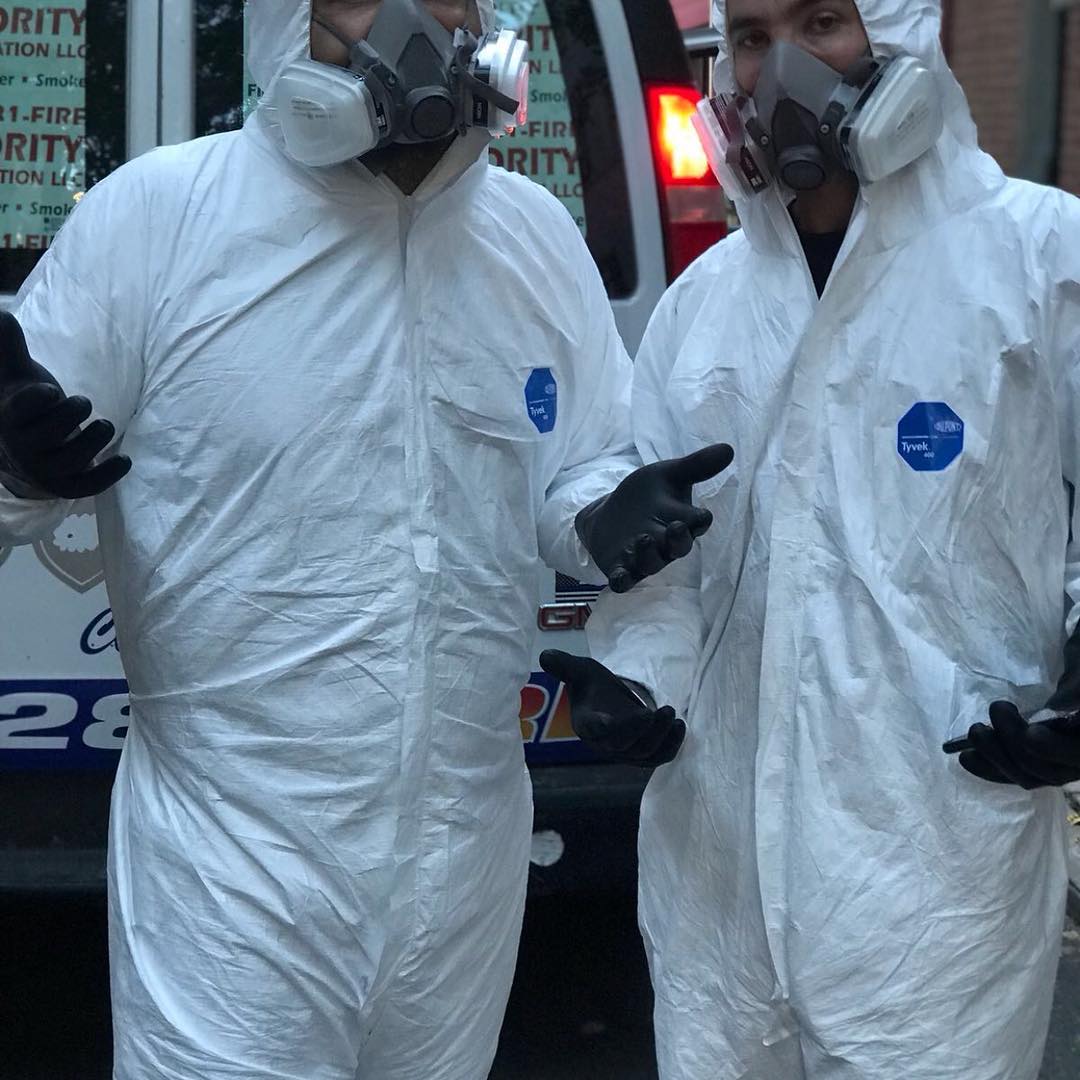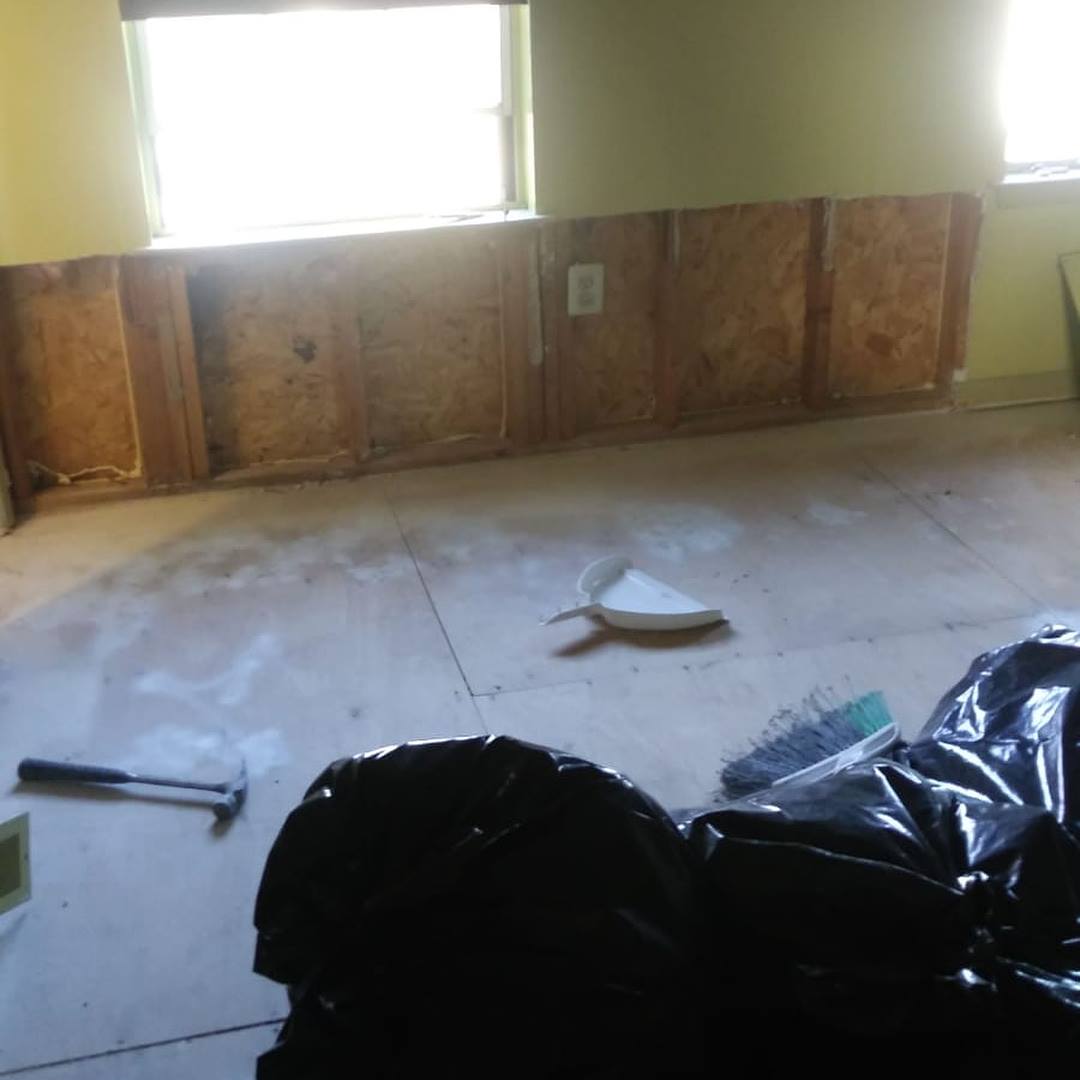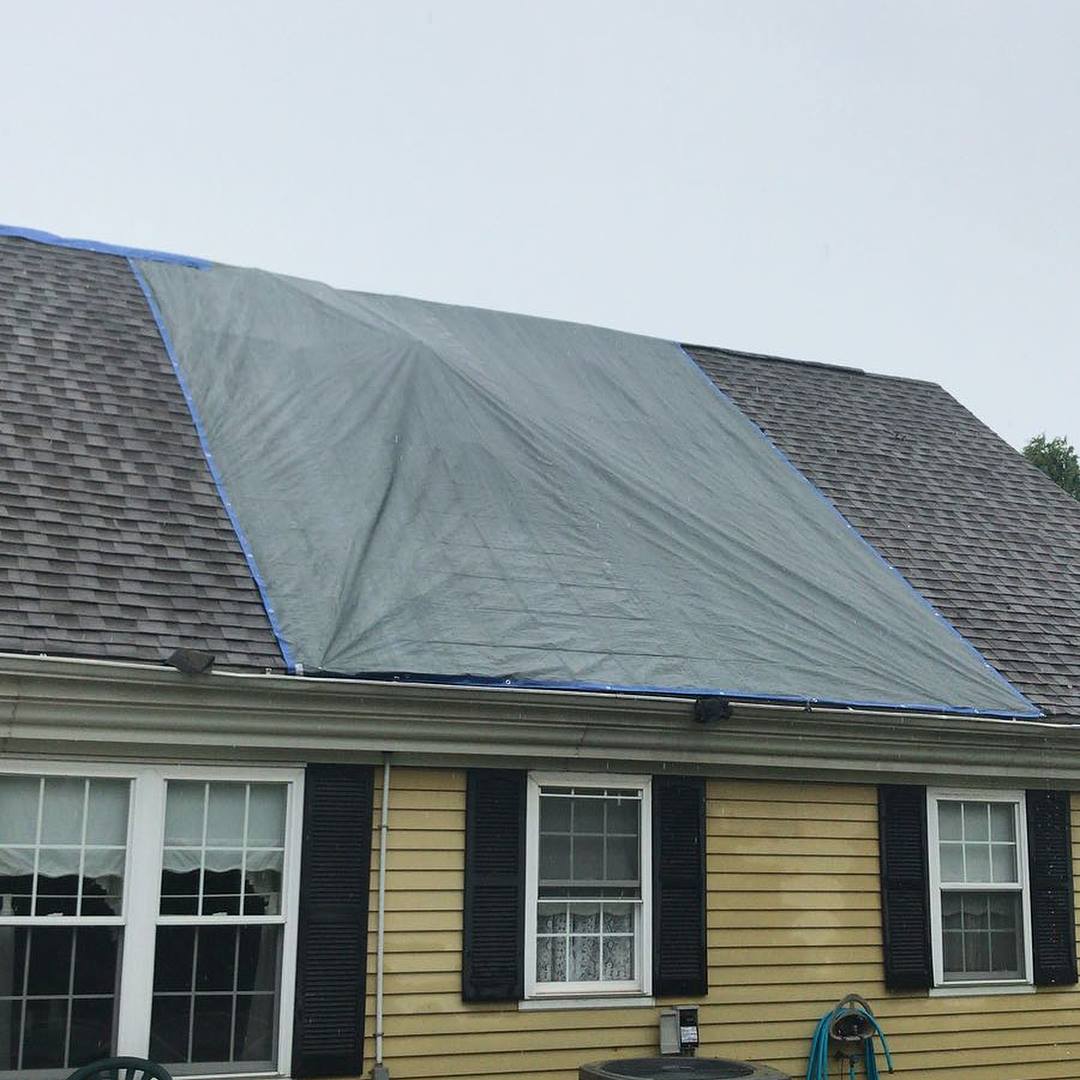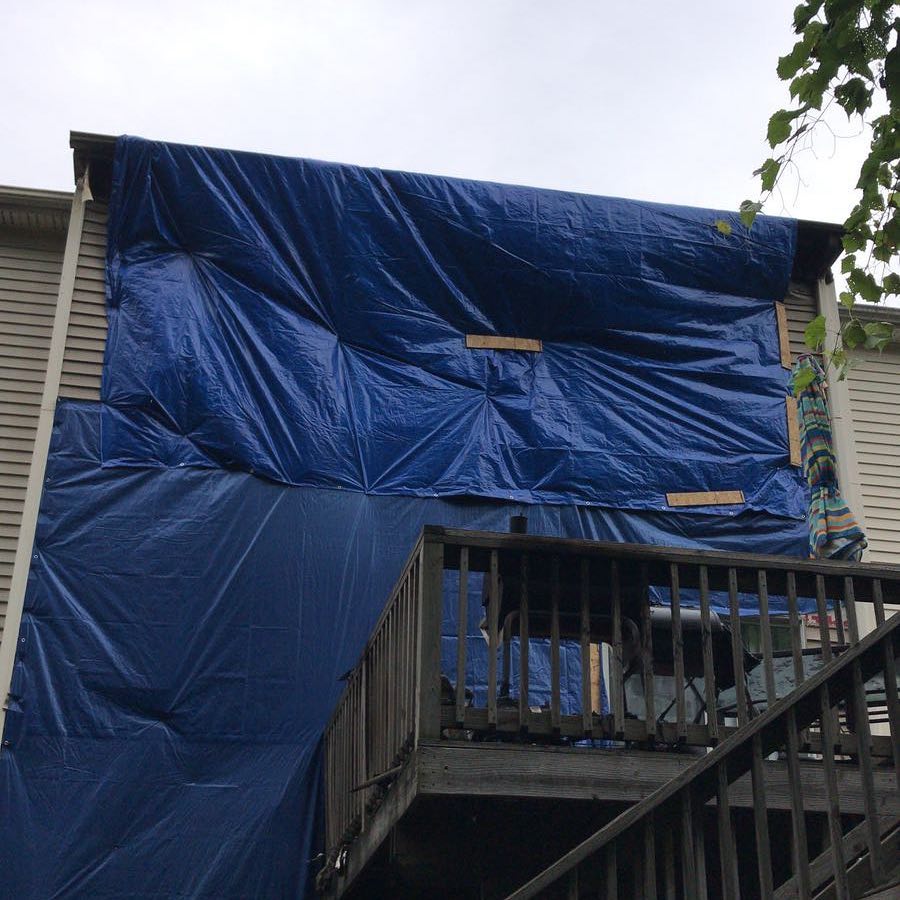
When dealing with cigarette fire damage, you need a reliable and local team of Philly damage restoration experts in your corner. We've restored 100s of properties, both residential and commercial, in the Philly area and we're ready to come out and help you 24/7.
We're certified, insured, and work with all insurance companies. We understand how overwhelming it can be dealing with unexpected damage so let us assist you with your claim so you can focus on getting your life back on track.

Request a Free Estimate
or call (445) 234-4123
By submitting the form, you agree to our Terms of Service and Privacy Policy.
Smoking remains a leading cause of home fires, resulting in devastating consequences including injuries, fatalities, and property damage. Understanding the risks associated with smoking materials and implementing preventive measures are crucial to reducing the occurrence of these tragic events.
Statistics on Home Fires Caused by Cigarettes
- Frequency: According to the National Fire Protection Association (NFPA), smoking materials, including cigarettes, pipes, and cigars, were the leading cause of home fire deaths in the United States from 2014 to 2018, accounting for approximately 17% of reported home fires.
- Fatalities and Injuries: On average, there were about 17,200 smoking-material fires annually during this period, resulting in 570 civilian deaths, 1,140 civilian injuries, and $426 million in direct property damage each year.
- Risk Factors: Statistics show that the risk of death or injury from smoking-material fires is disproportionately higher among older adults aged 65 and older, compared to other age groups.
Types of Smoking Materials and Their Risks
- Tobacco: Cigarettes, cigars, and pipes are the most common sources of smoking-material fires. Careless disposal of smoking materials, such as improperly extinguished cigarettes, can lead to fires in homes.
- Marijuana: With the legalization of marijuana in several states, the use of cannabis products has increased. Similar to tobacco, marijuana cigarettes and other smoking devices pose fire risks if not handled and disposed of properly.
Preventive Measures to Reduce the Risk of Smoking-Related Fires
- Smoke Outside: Encourage smokers to smoke outdoors, away from the home and any flammable materials. Providing a designated smoking area with a proper ashtray can help prevent fires.
- Use Sturdy Ashtrays: Use ashtrays that are deep and sturdy to prevent ashes from being blown away by the wind. Avoid using plastic or other flammable materials as ashtrays.
- Proper Disposal: Ensure cigarettes, cigars, and other smoking materials are completely extinguished before disposal. Dousing them with water or sand can help ensure they are no longer a fire hazard.
- Smoke Alarms: Install smoke alarms on every level of your home and inside each bedroom. Test them monthly and replace batteries at least once a year.
- Fire Safety Education: Educate family members and guests about the importance of fire safety when smoking. Emphasize the risks and the proper ways to handle smoking materials.
- Consider Safer Alternatives: Encourage the use of electronic cigarettes or smokeless tobacco products as safer alternatives to smoking, as they do not involve the same fire risk.
Frequently Asked Questions About Candle Fires in Philly
Smoking-material fires are fires that result from the ignition of materials such as cigarettes, cigars, and pipes. These fires can occur when smoking materials are not properly extinguished or are carelessly discarded.





















